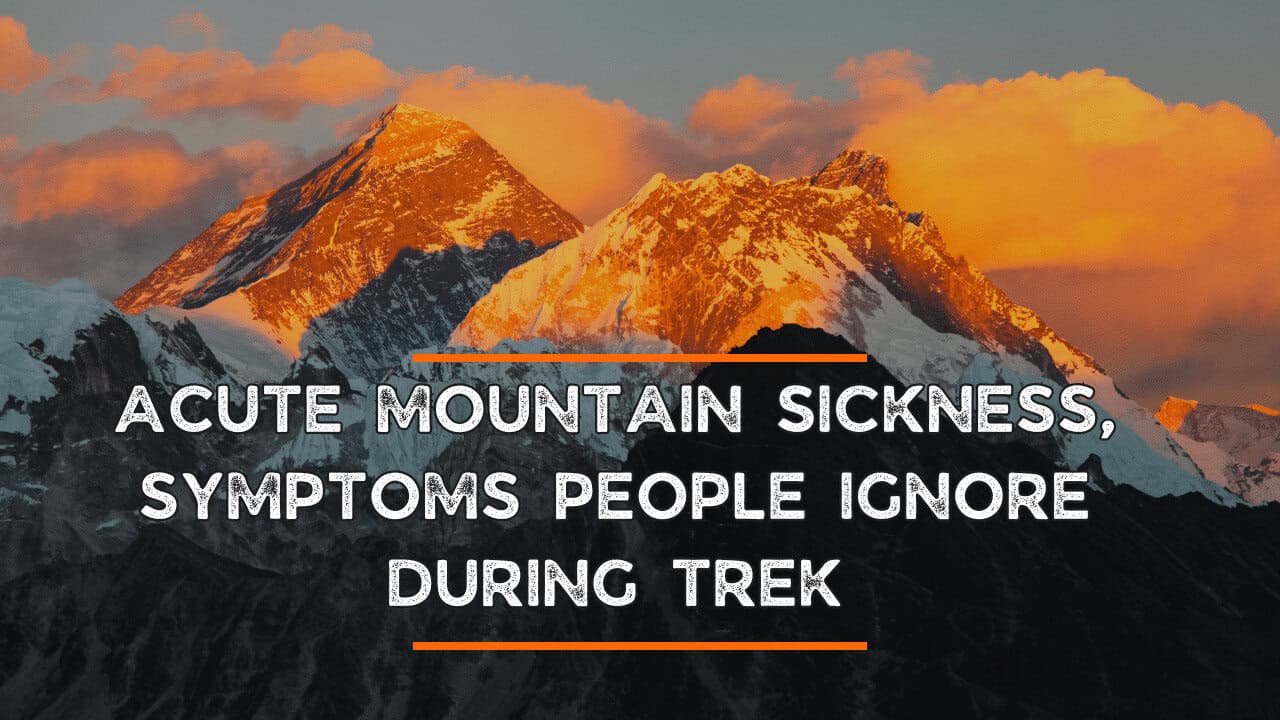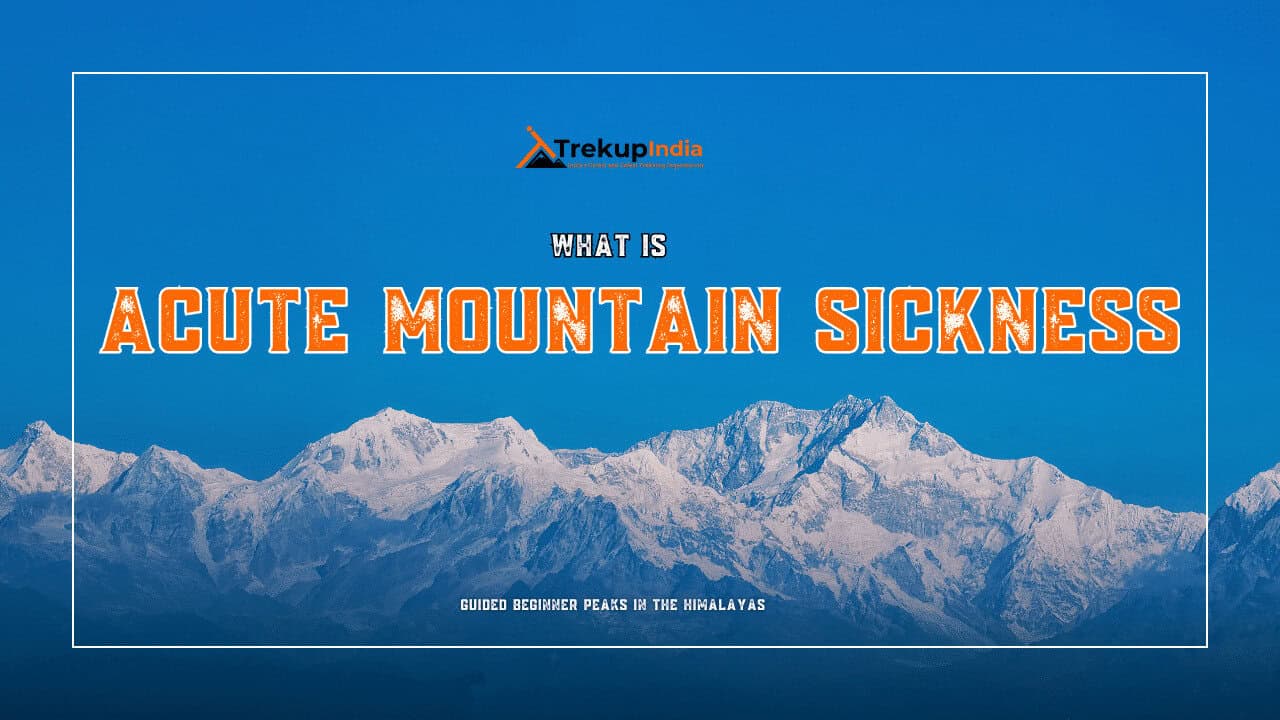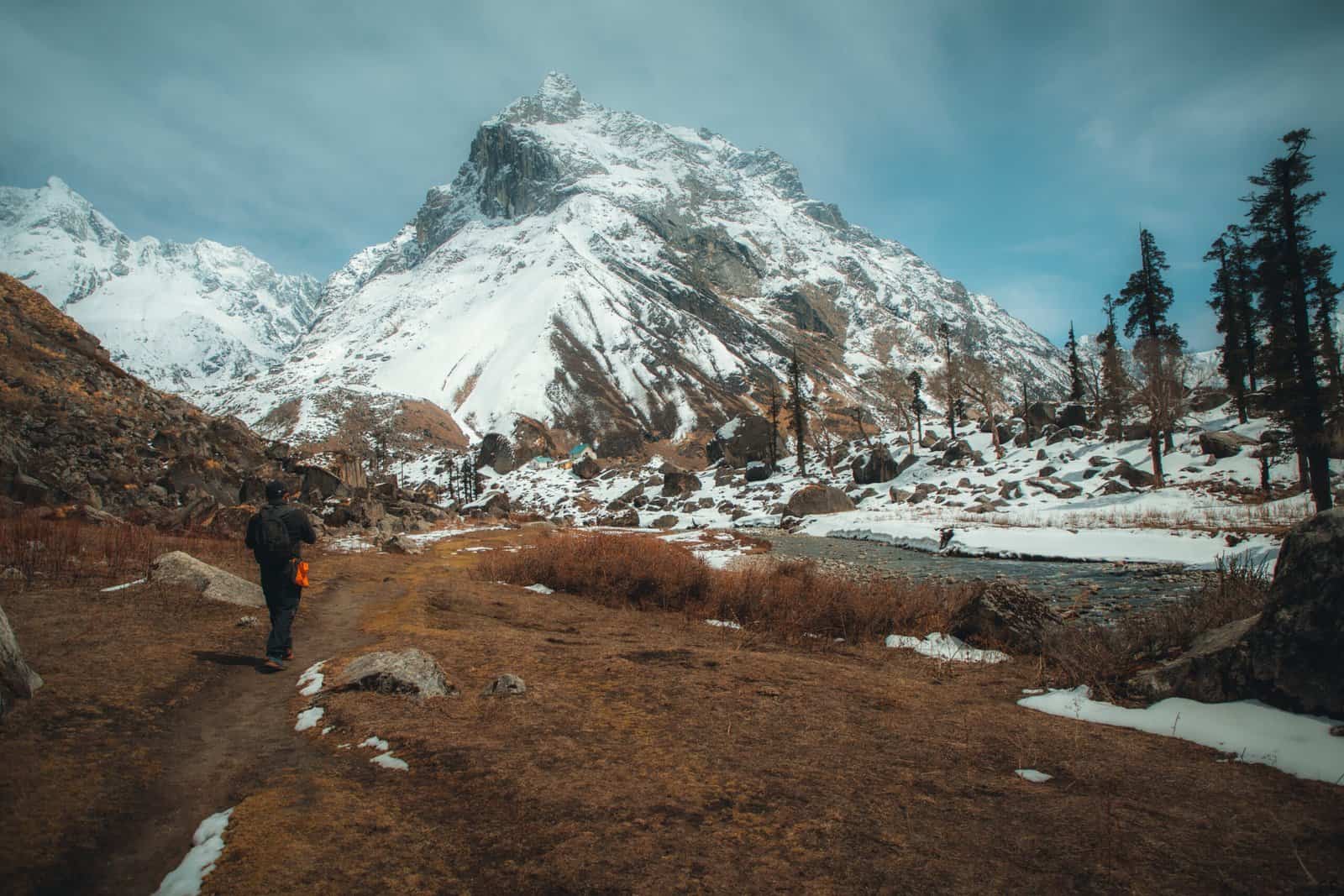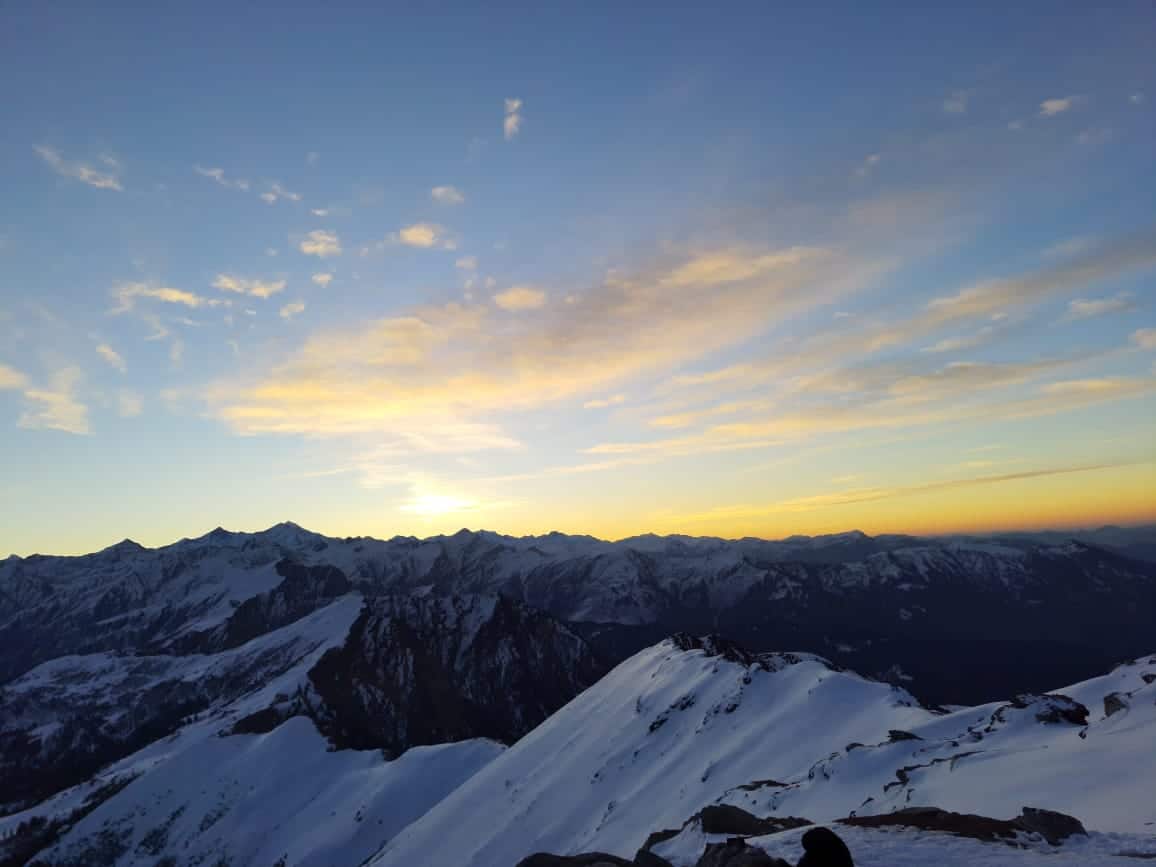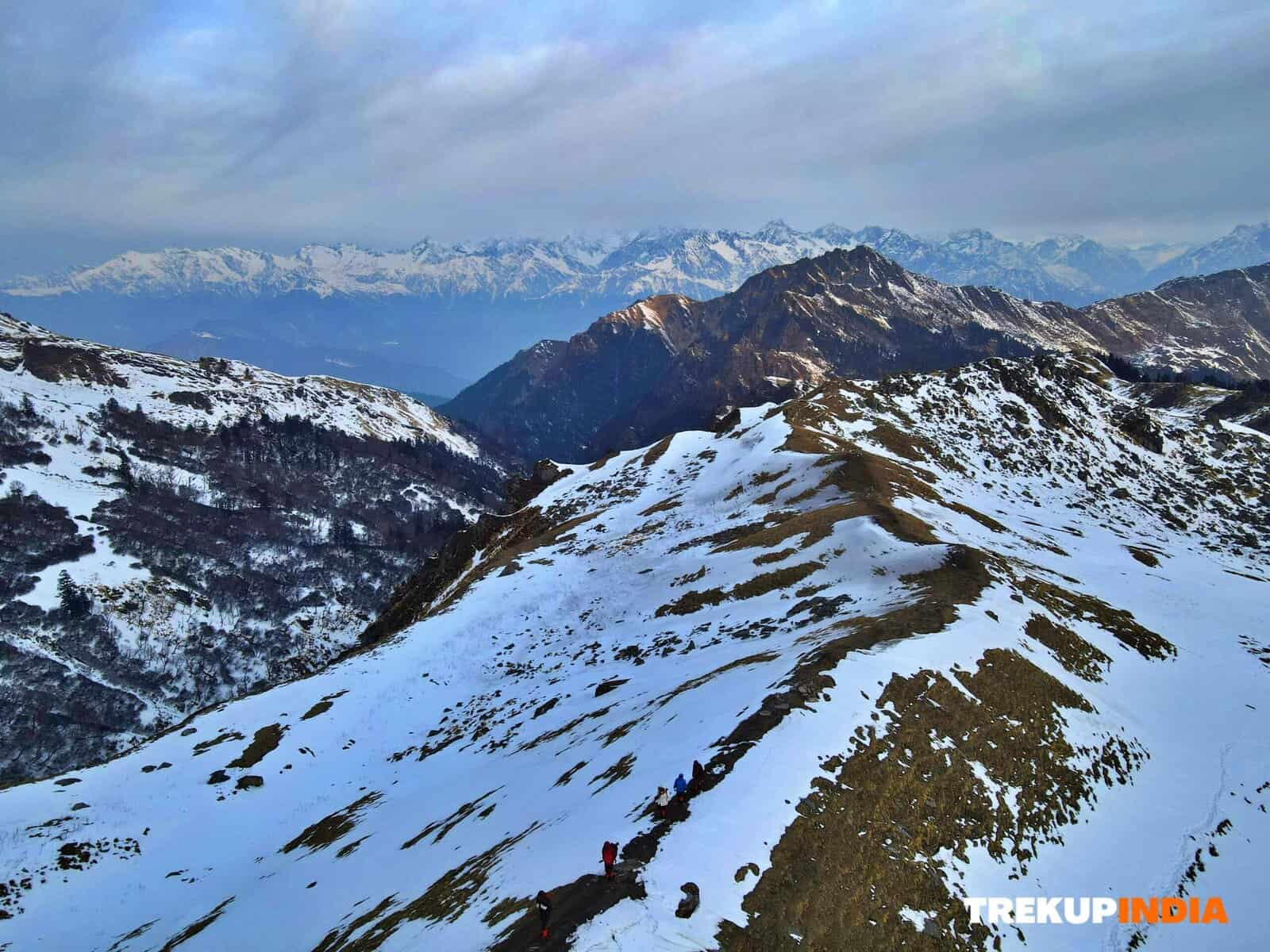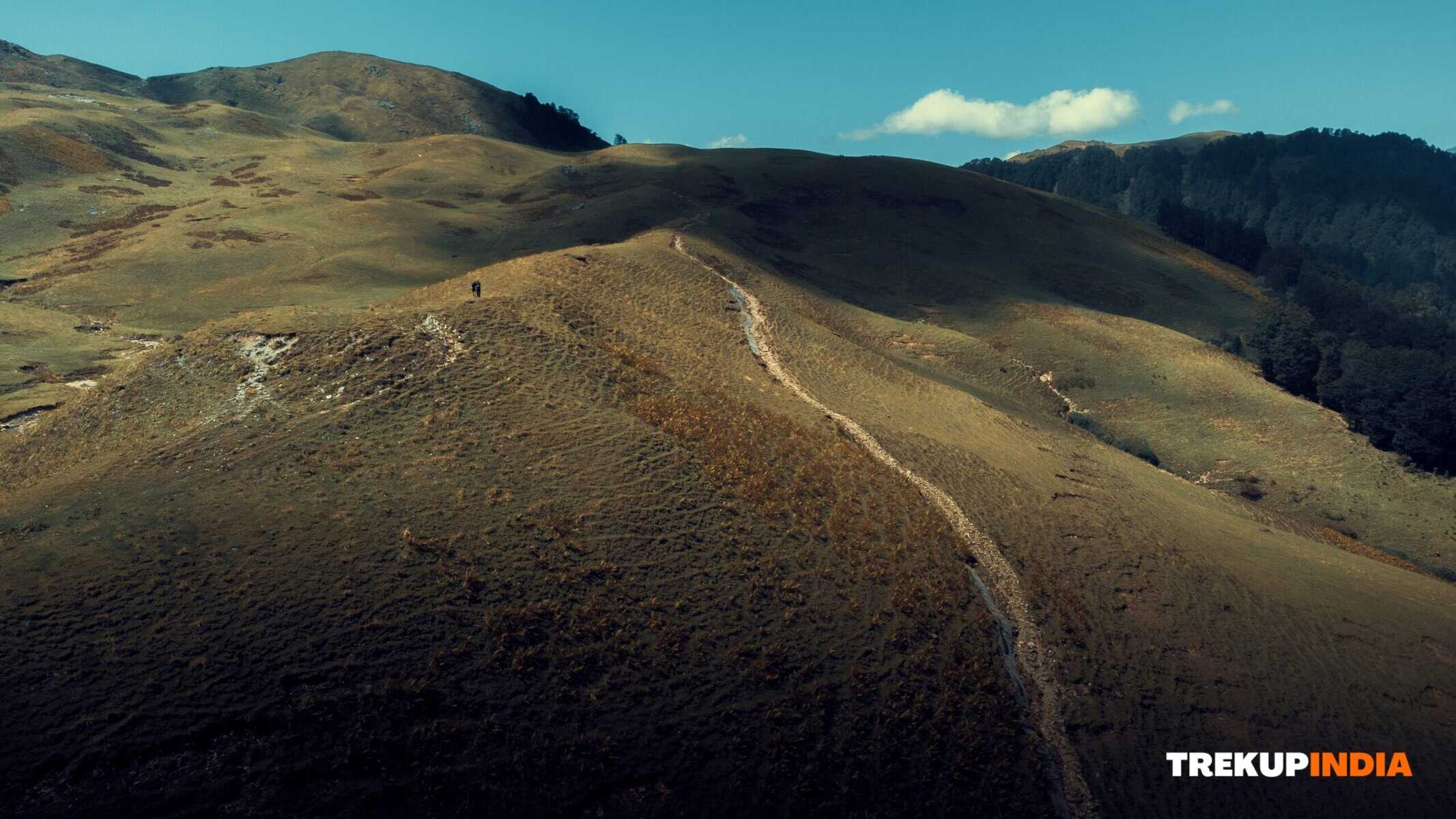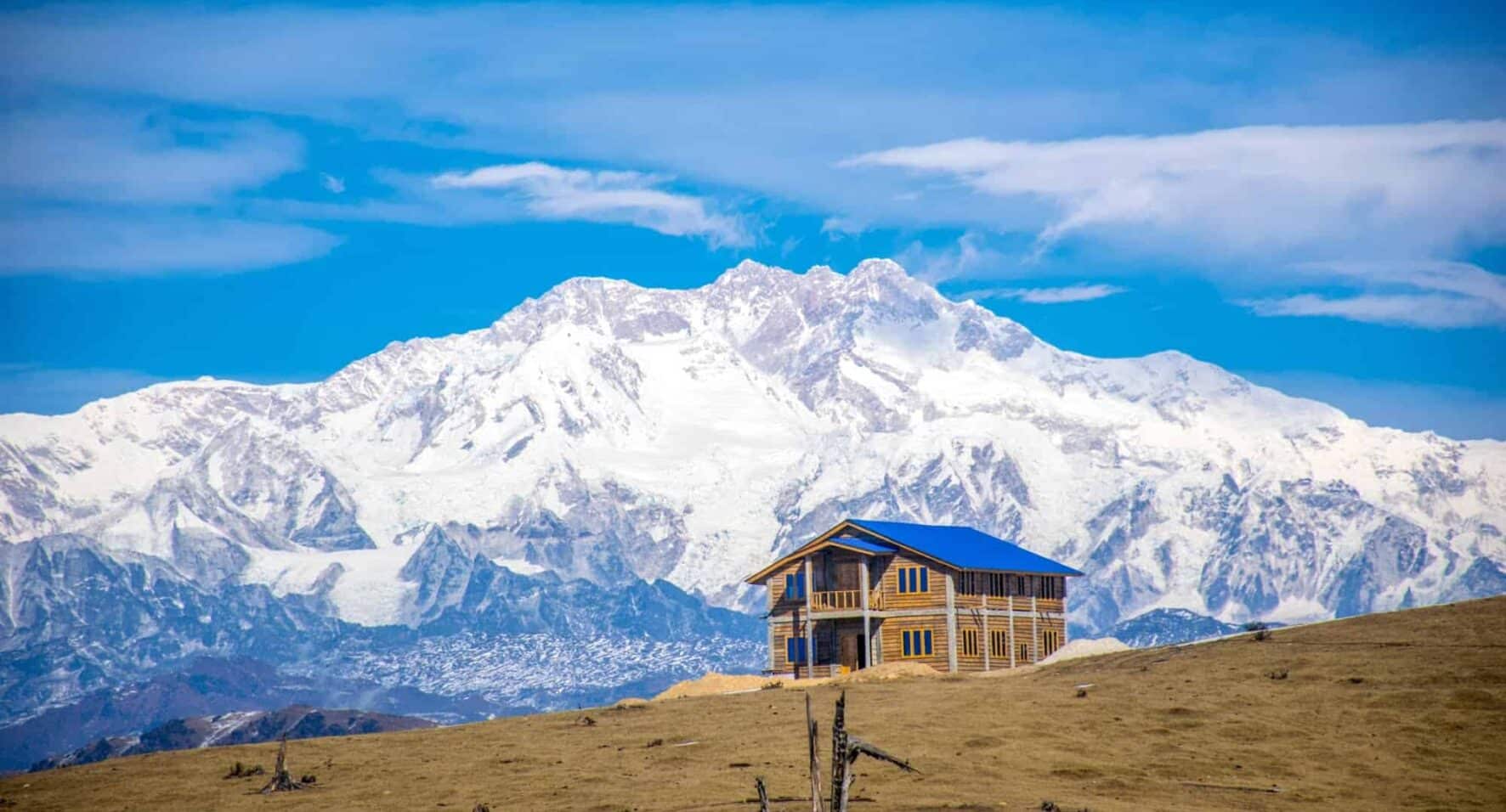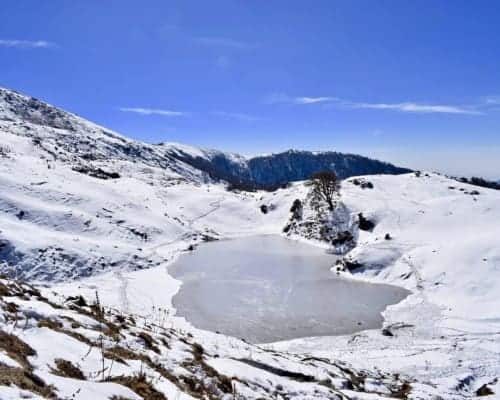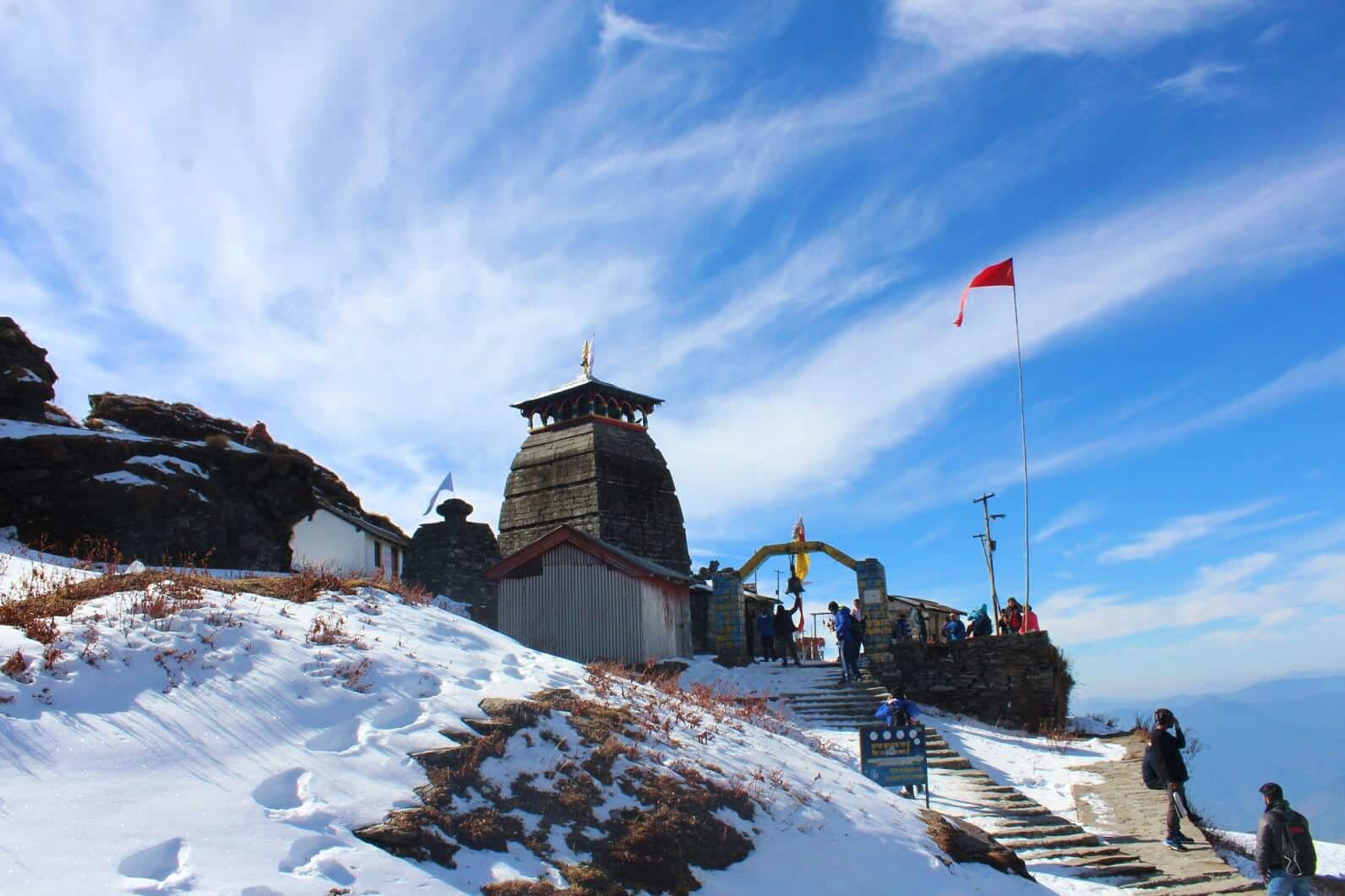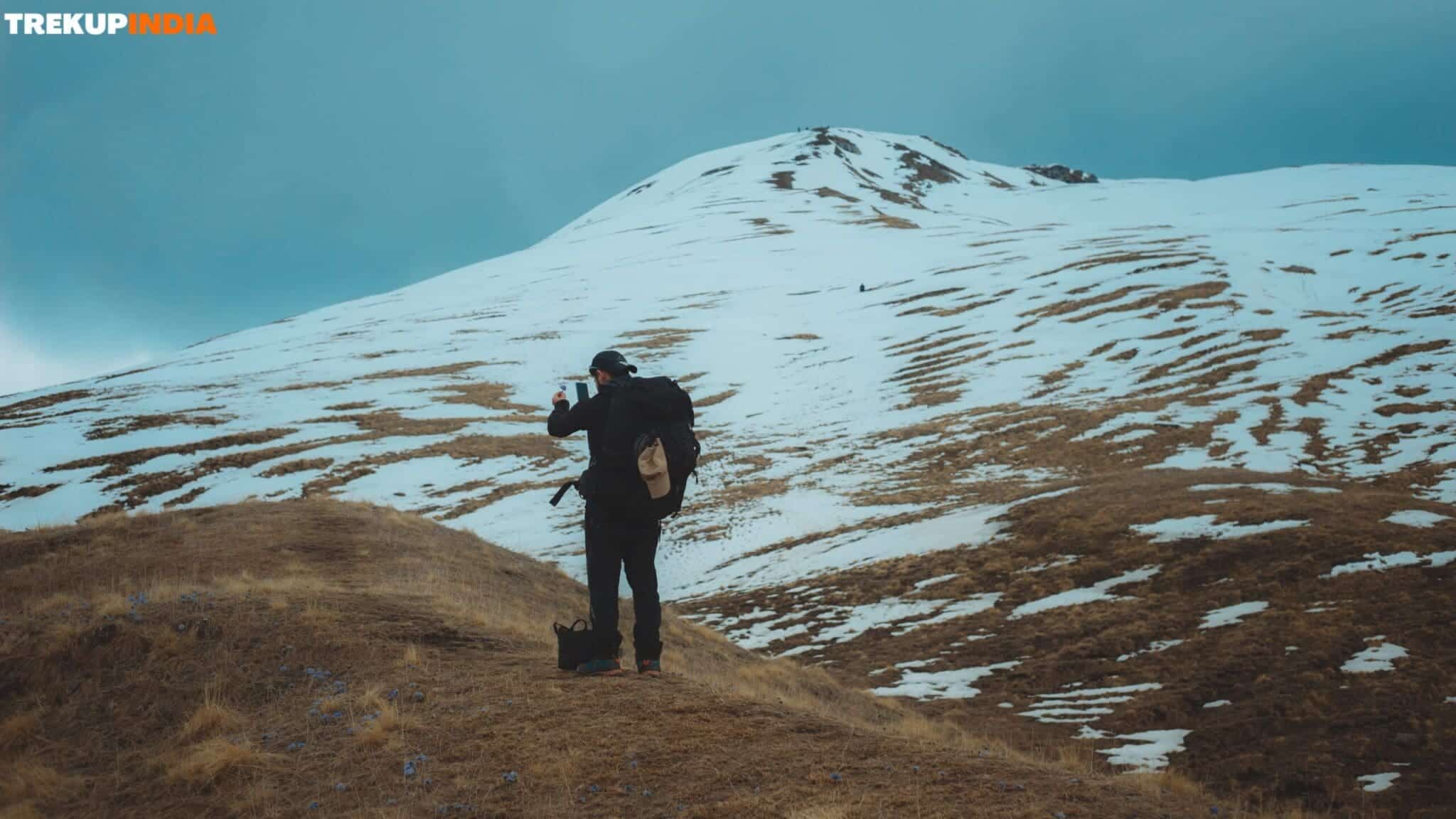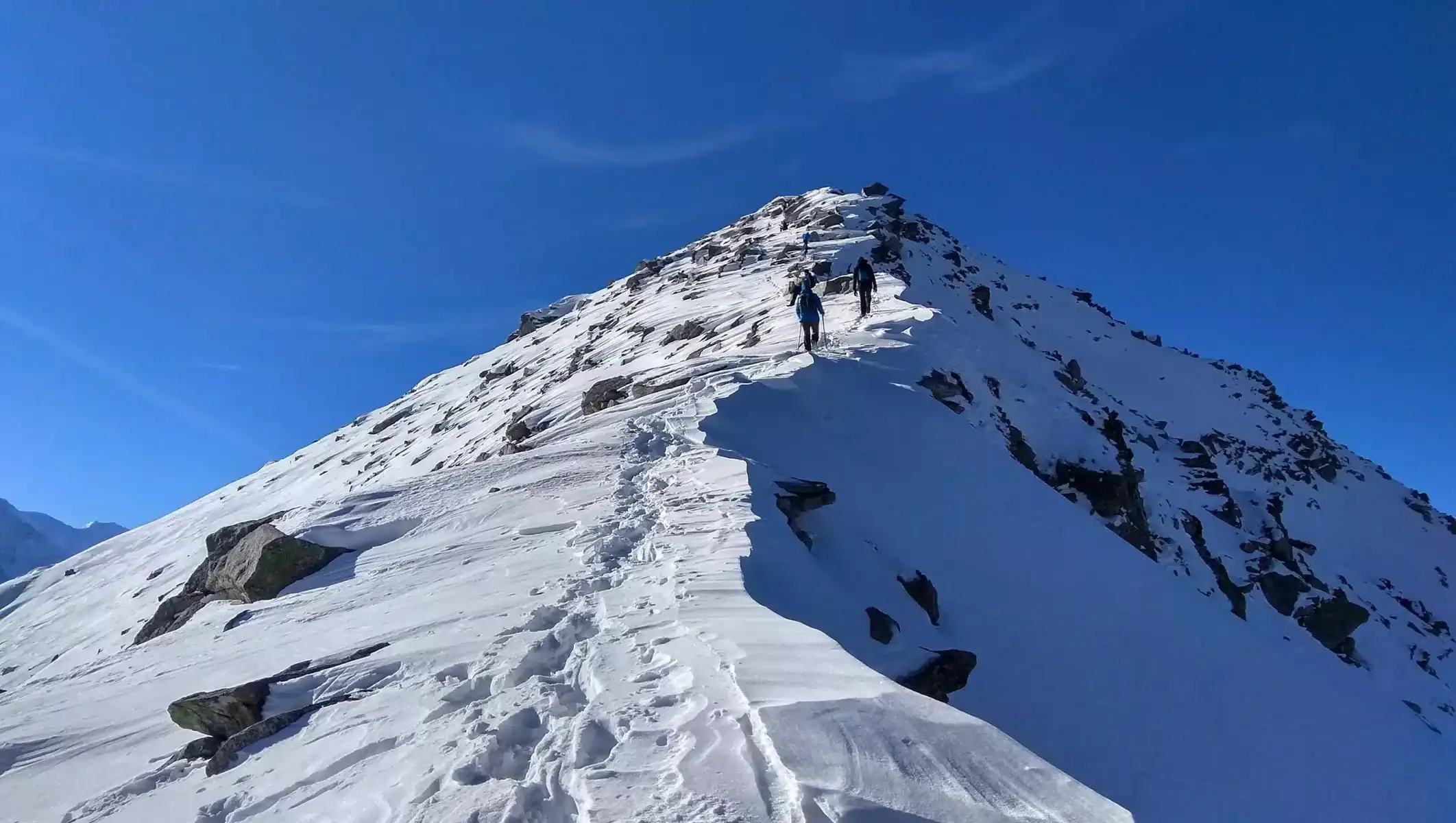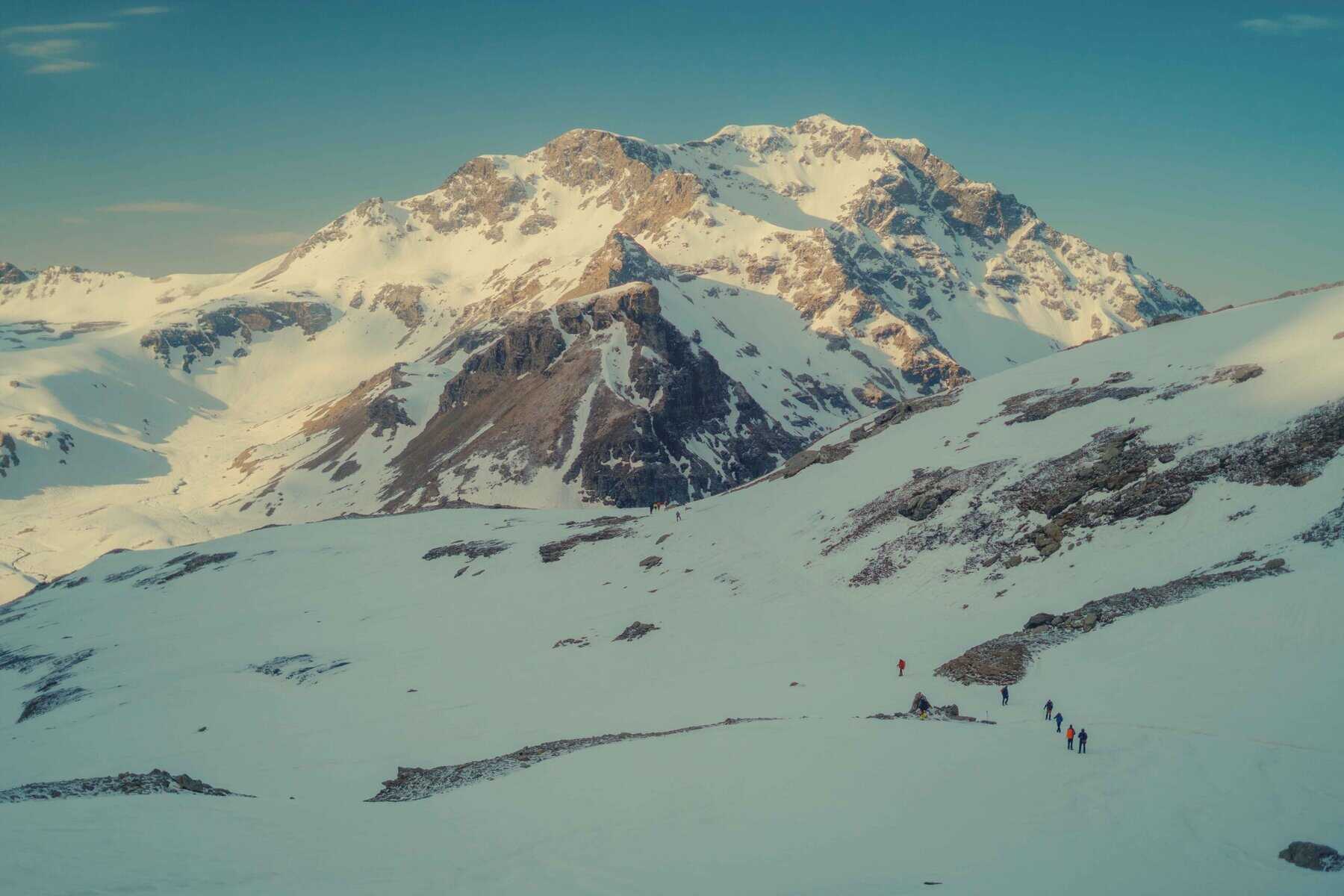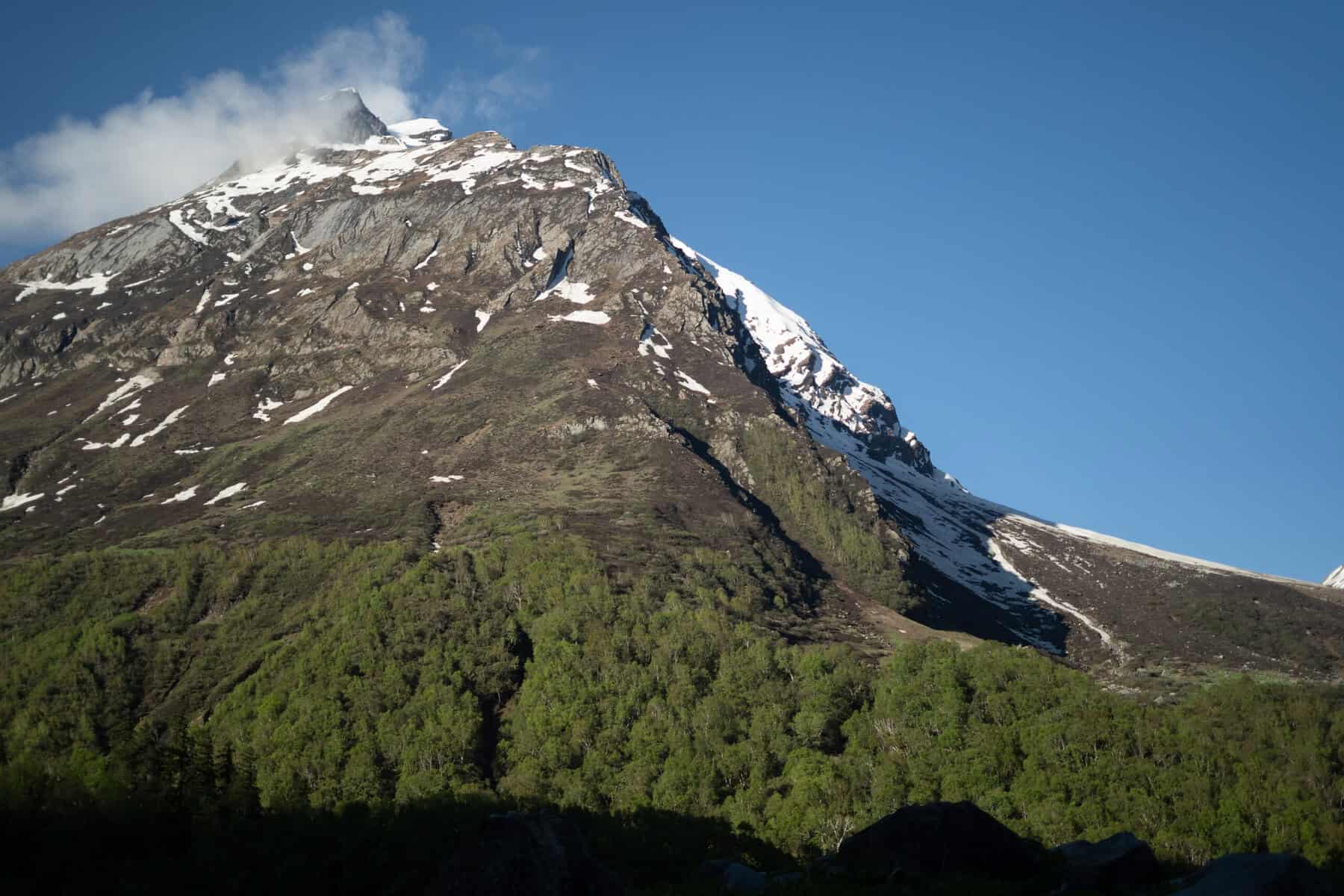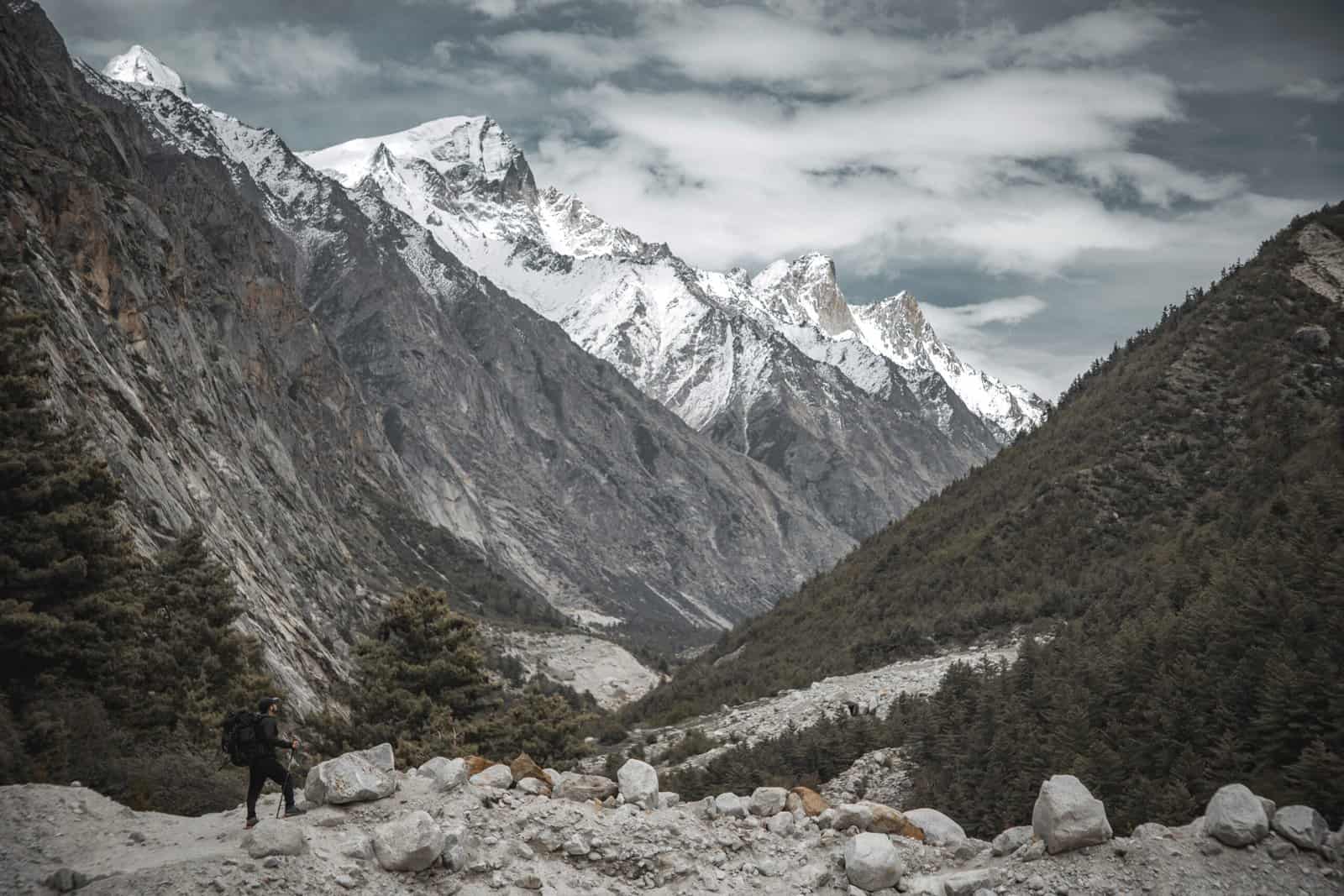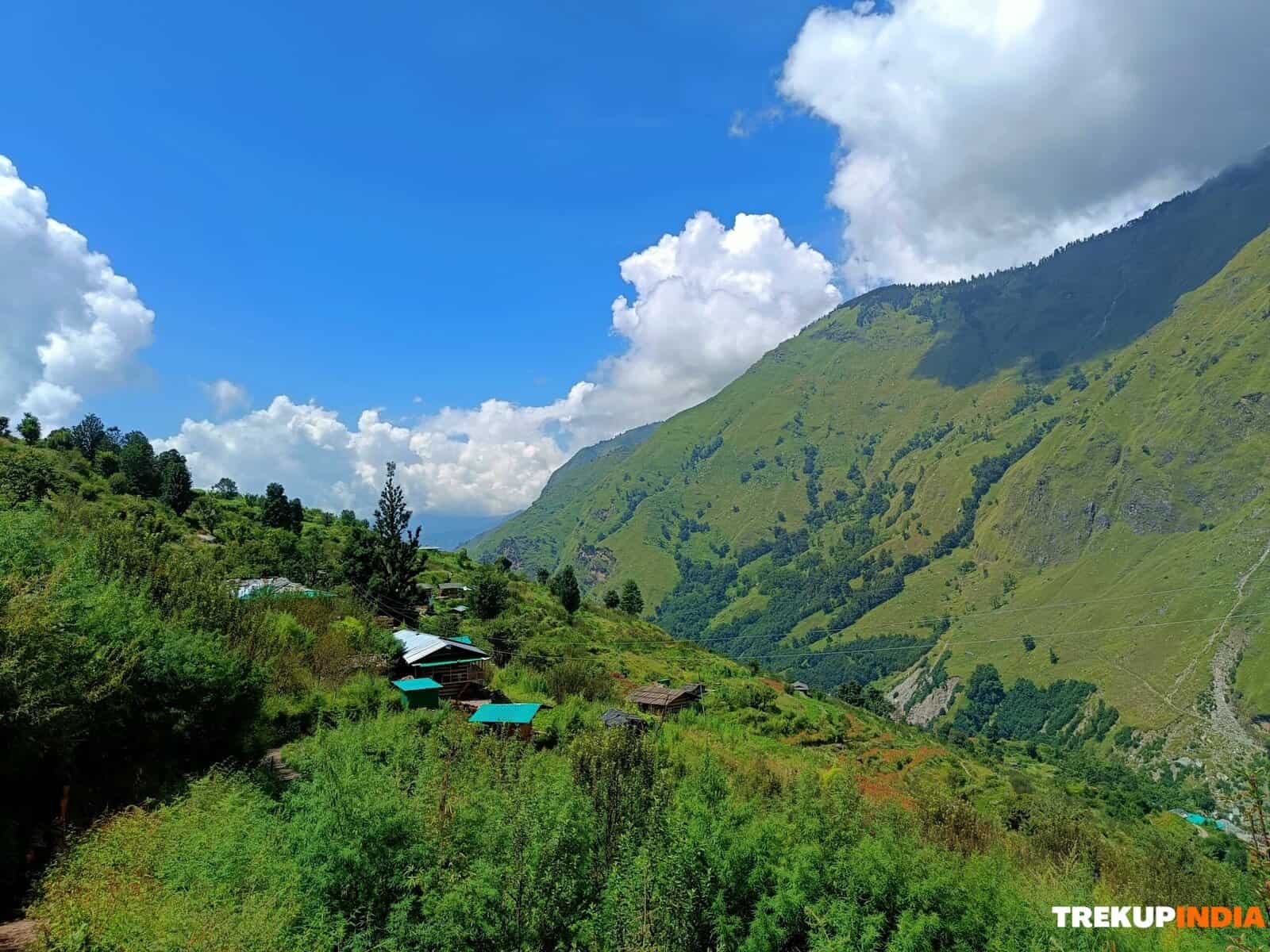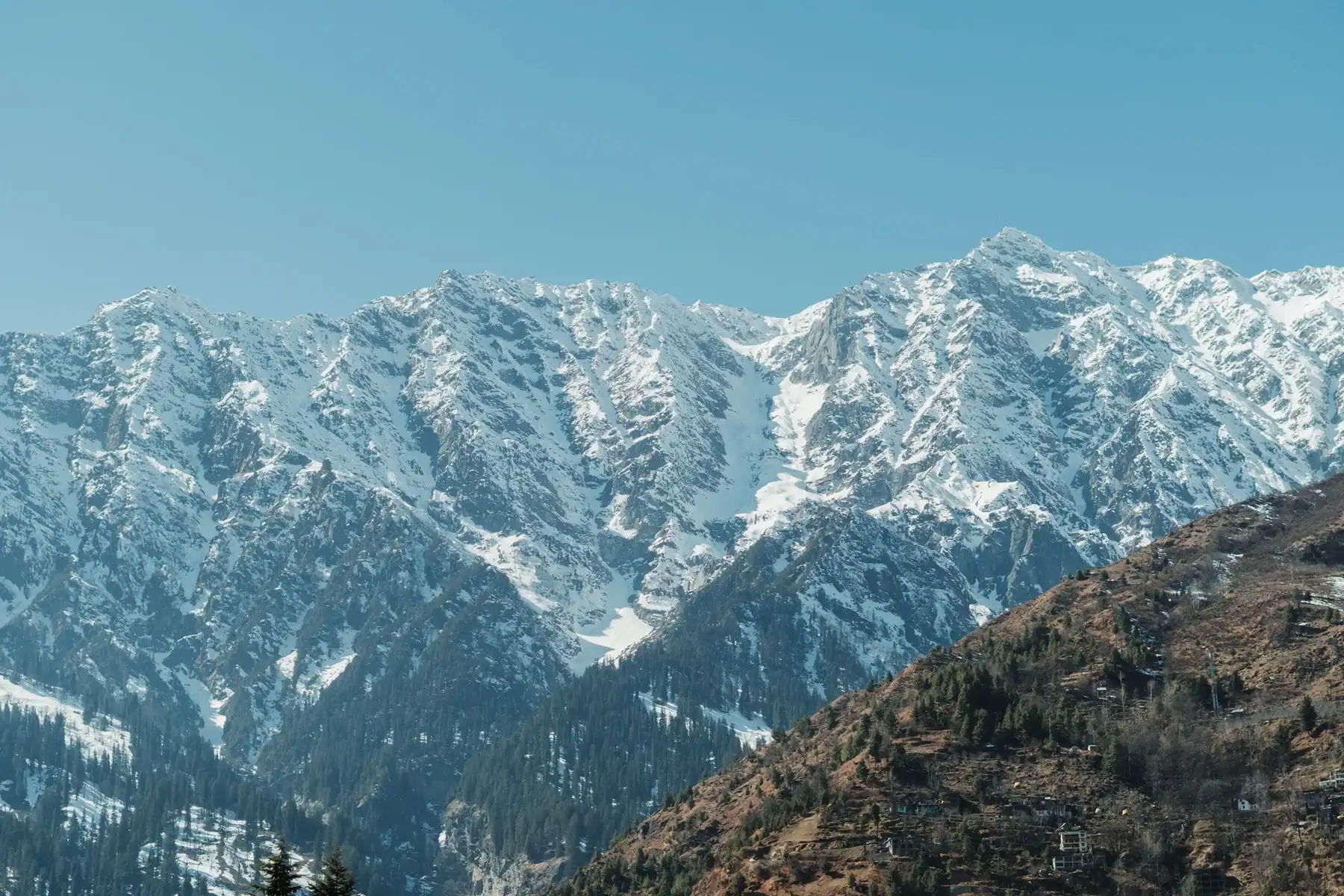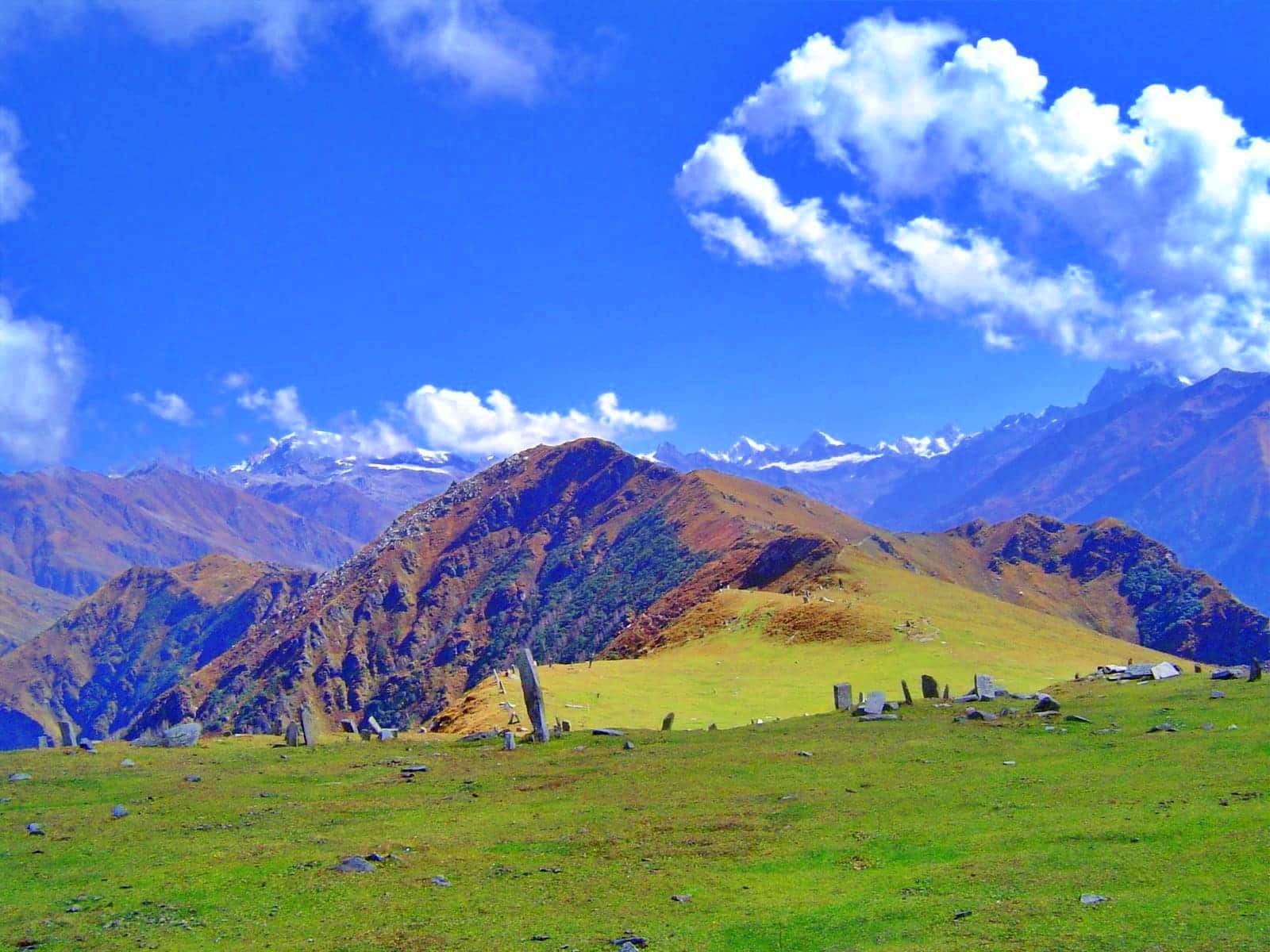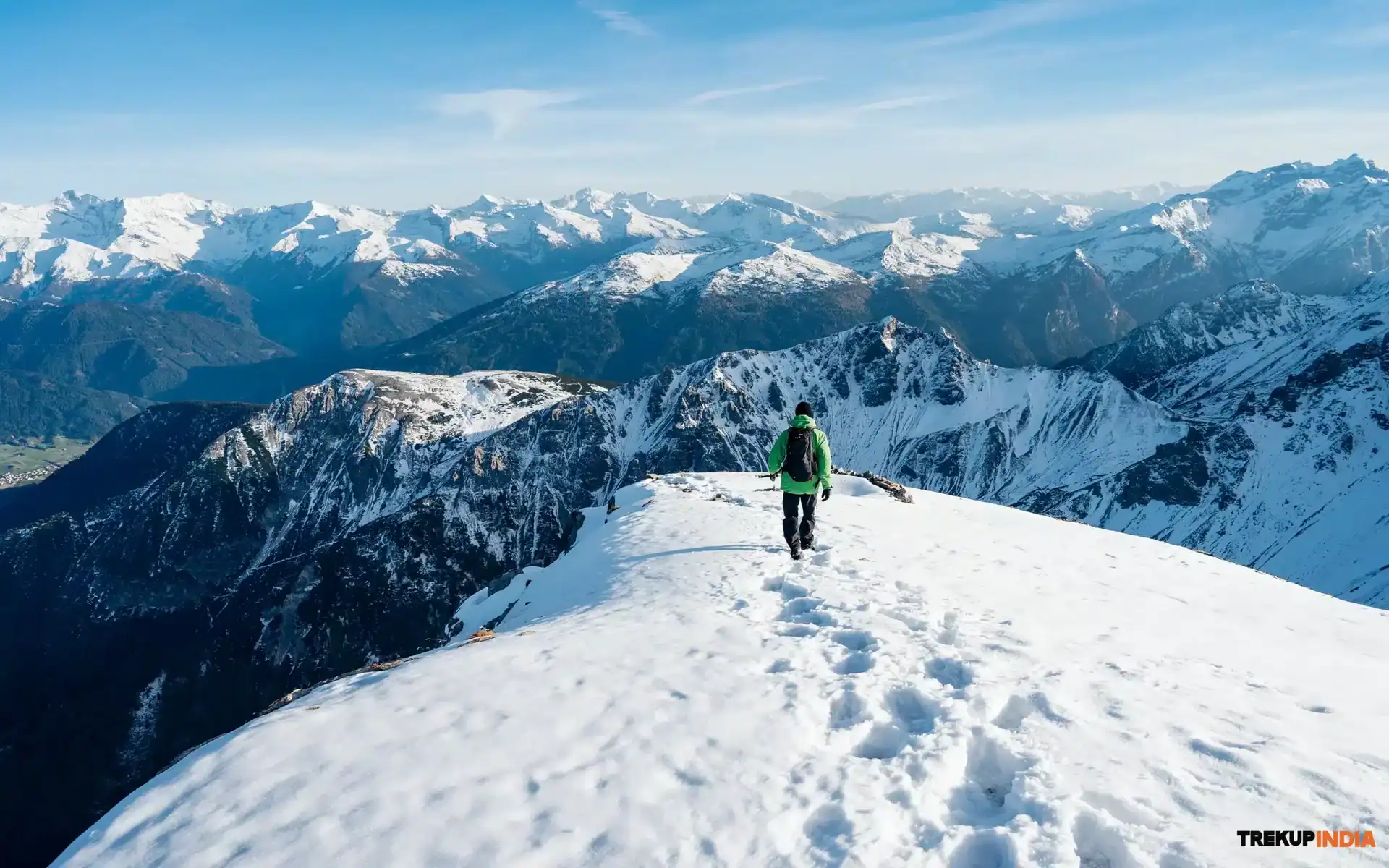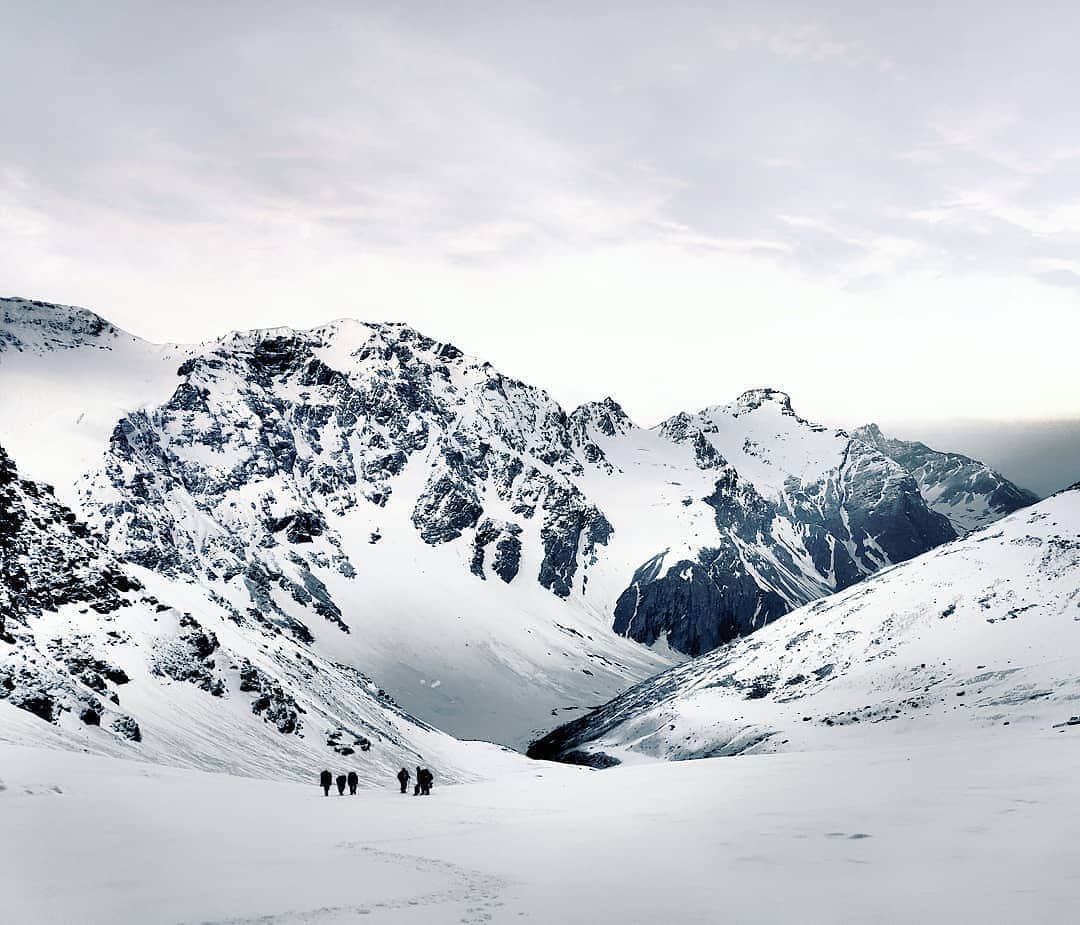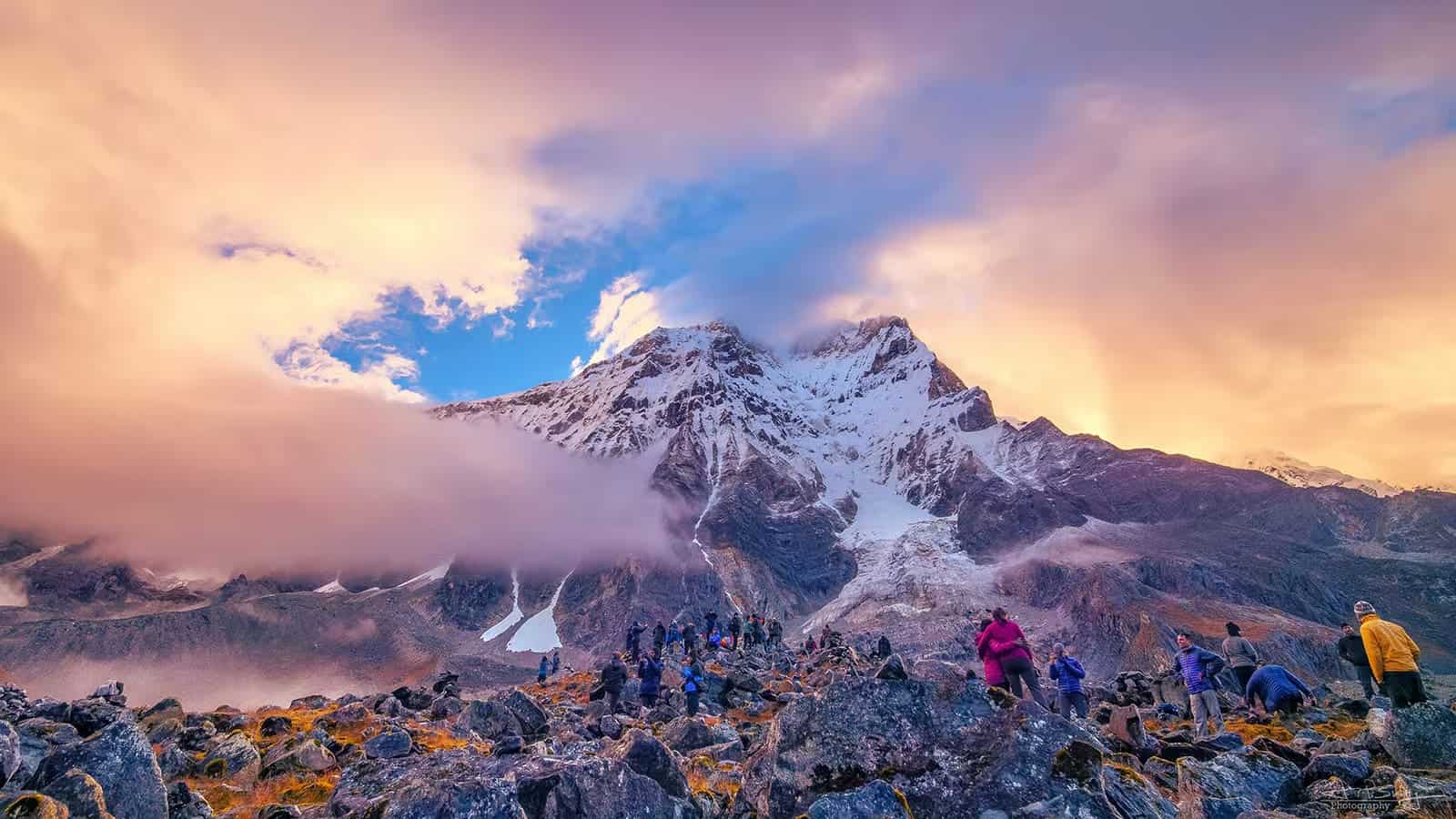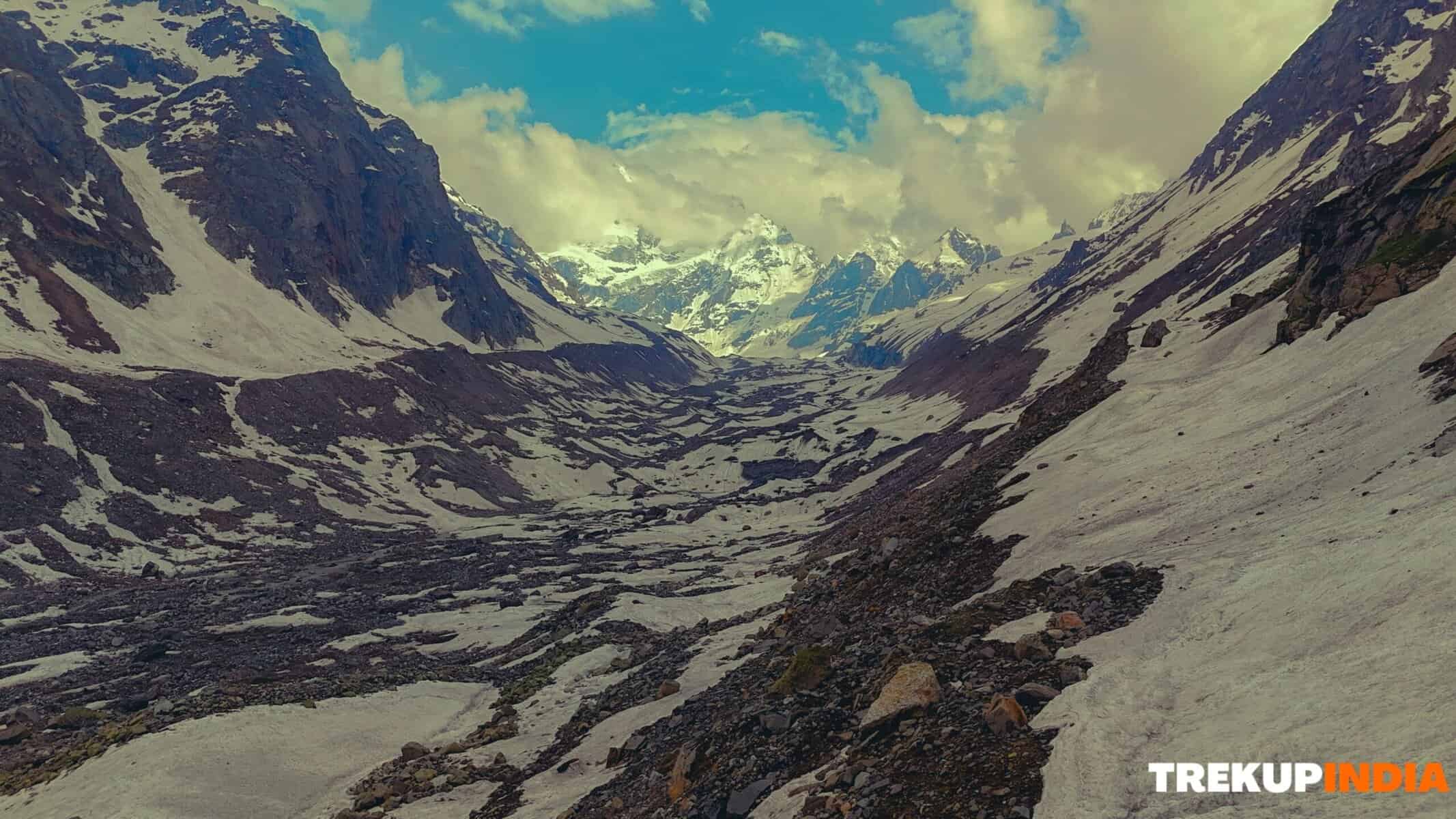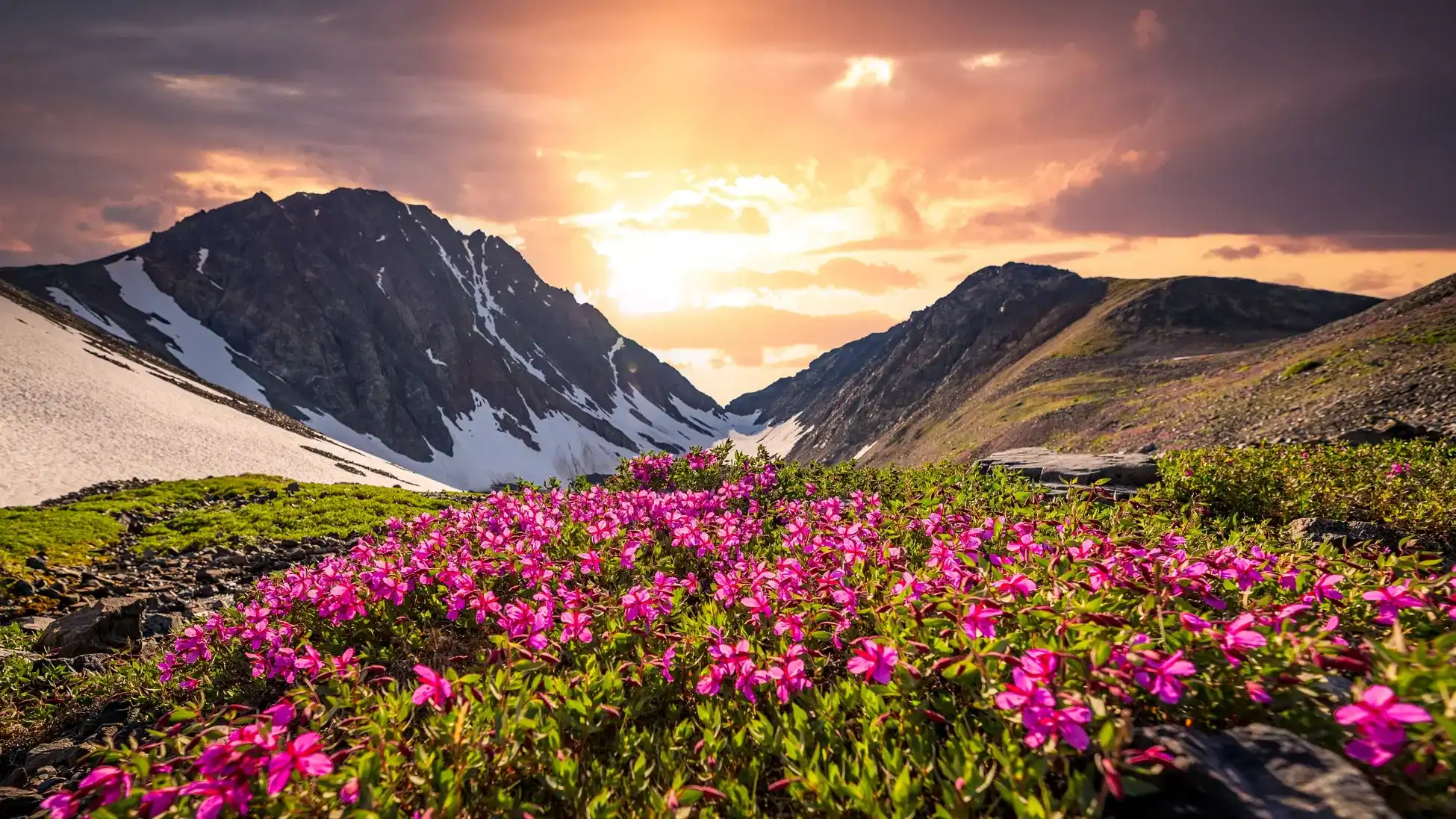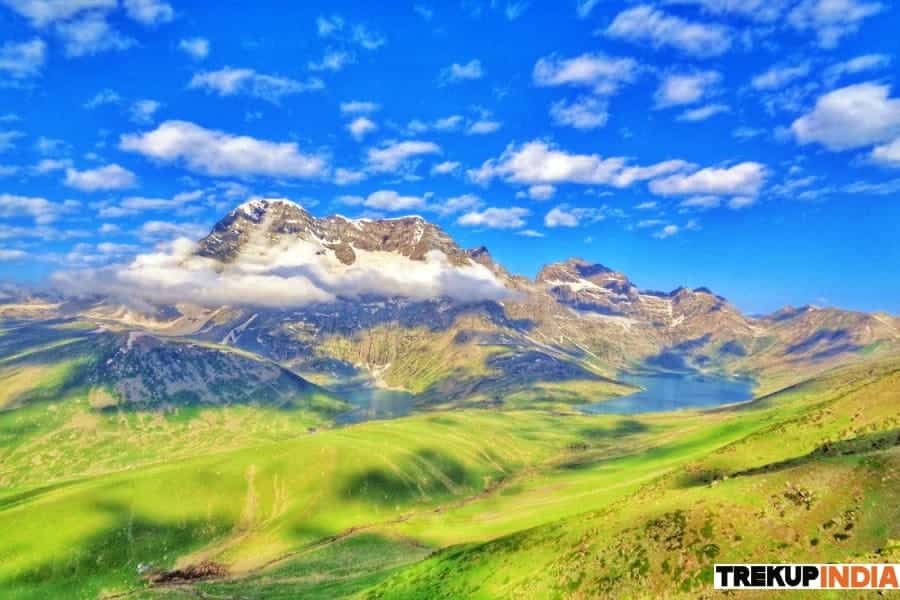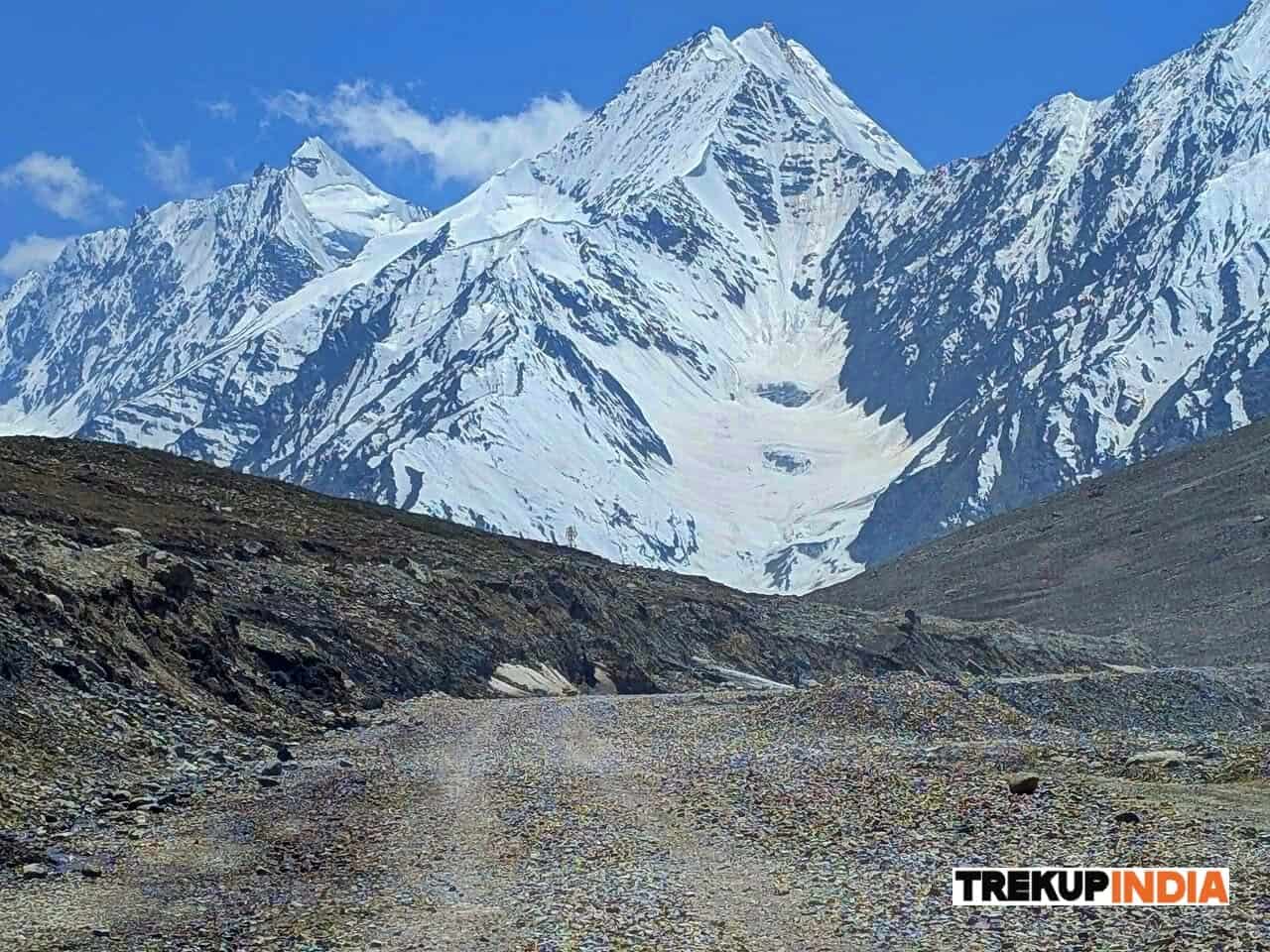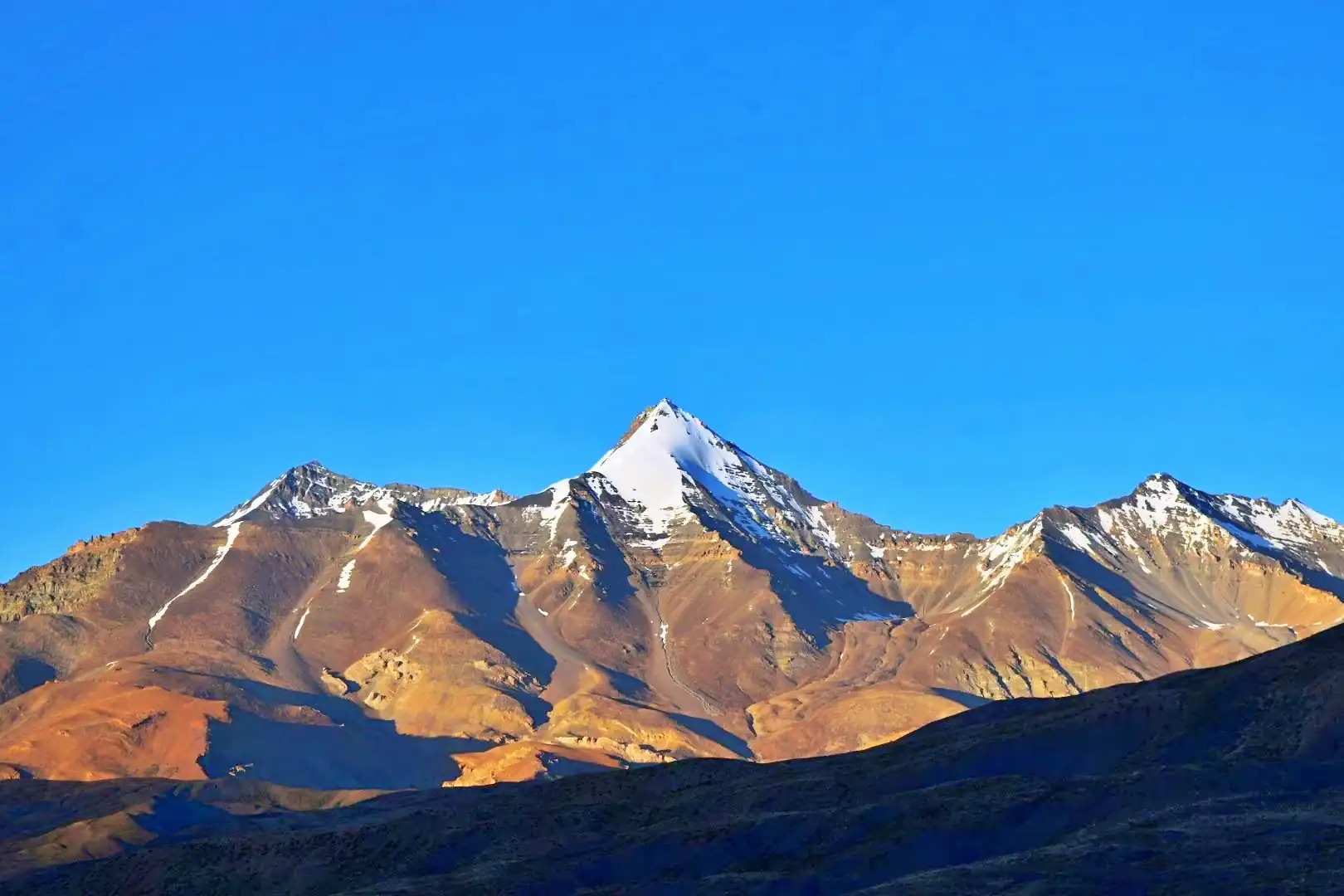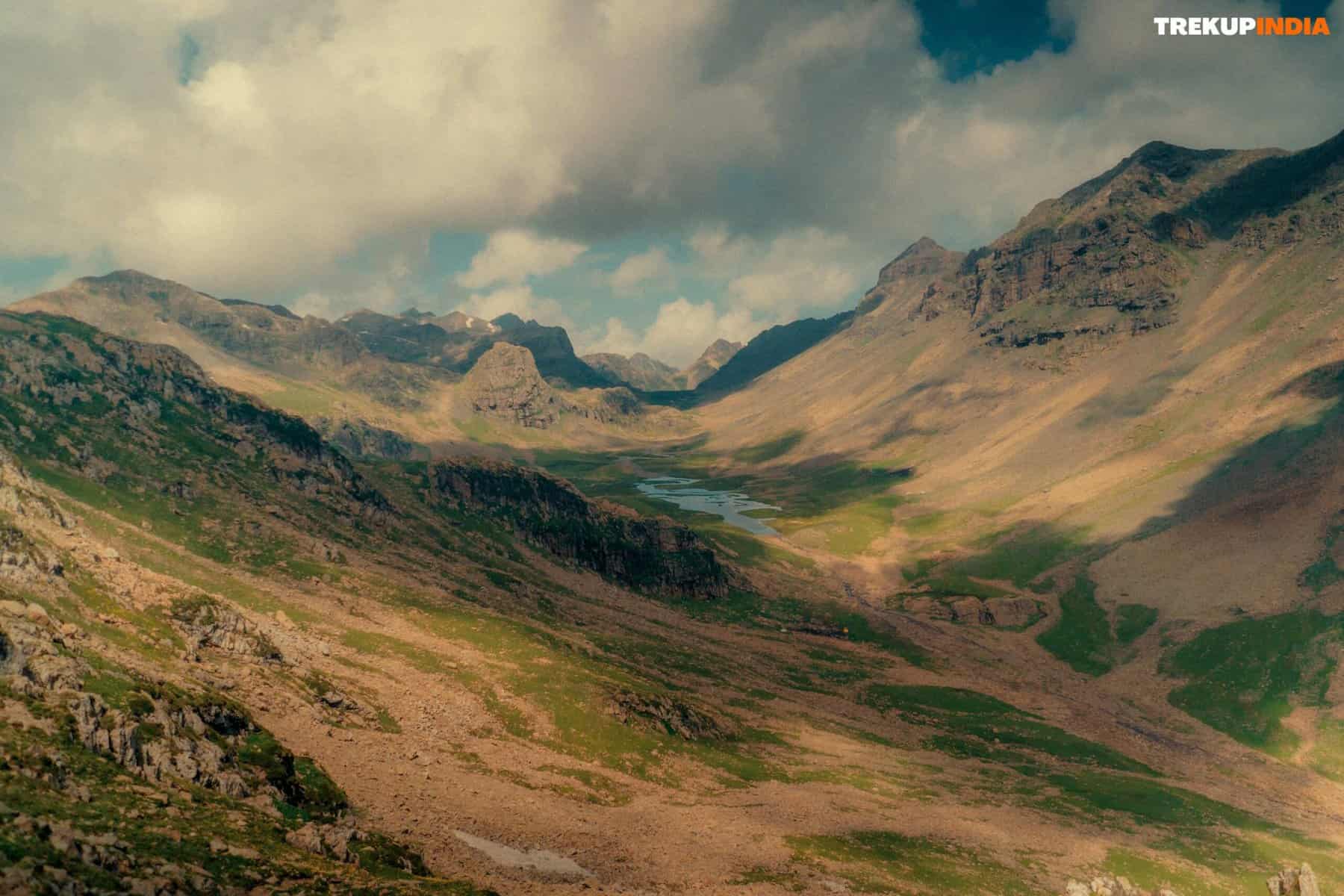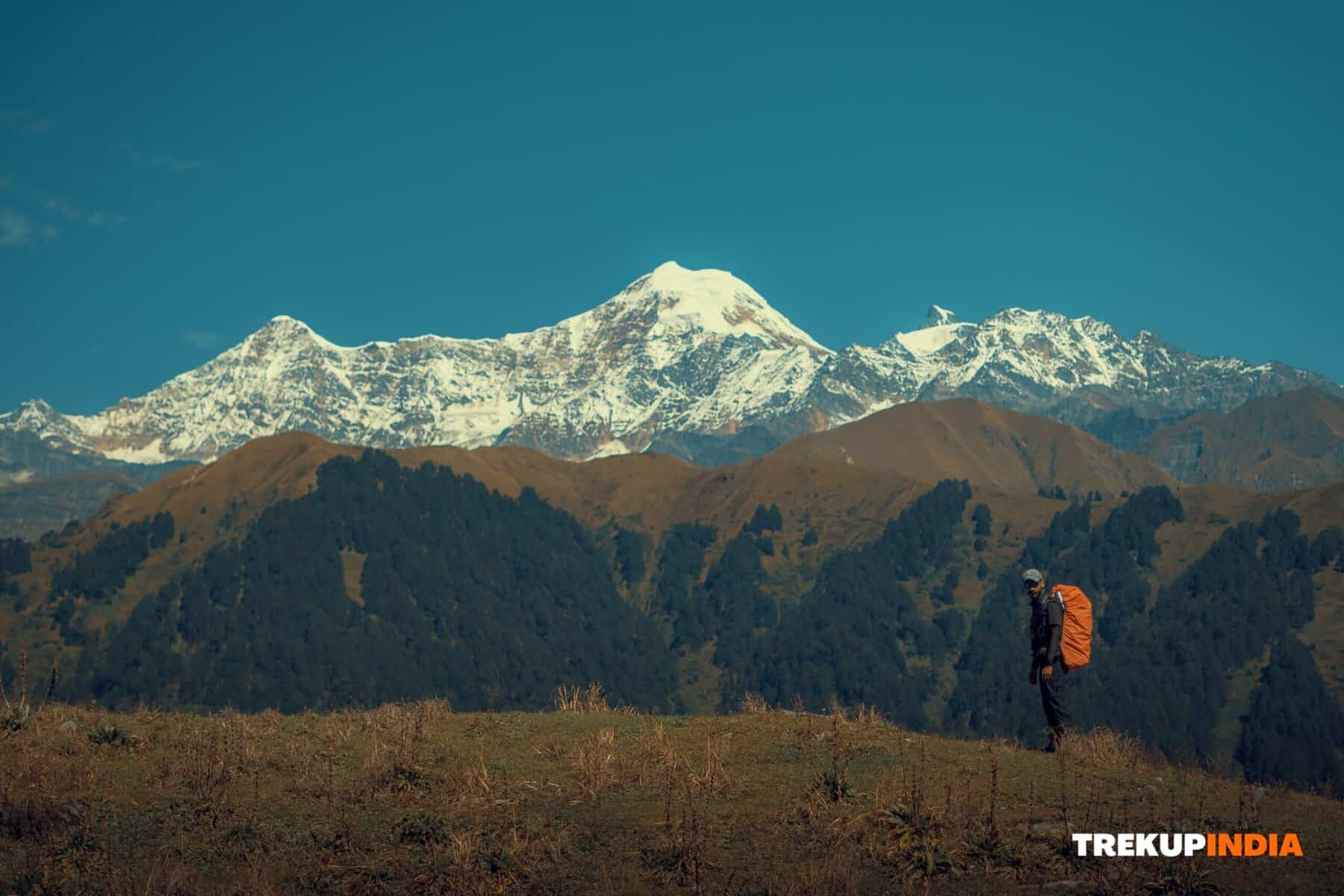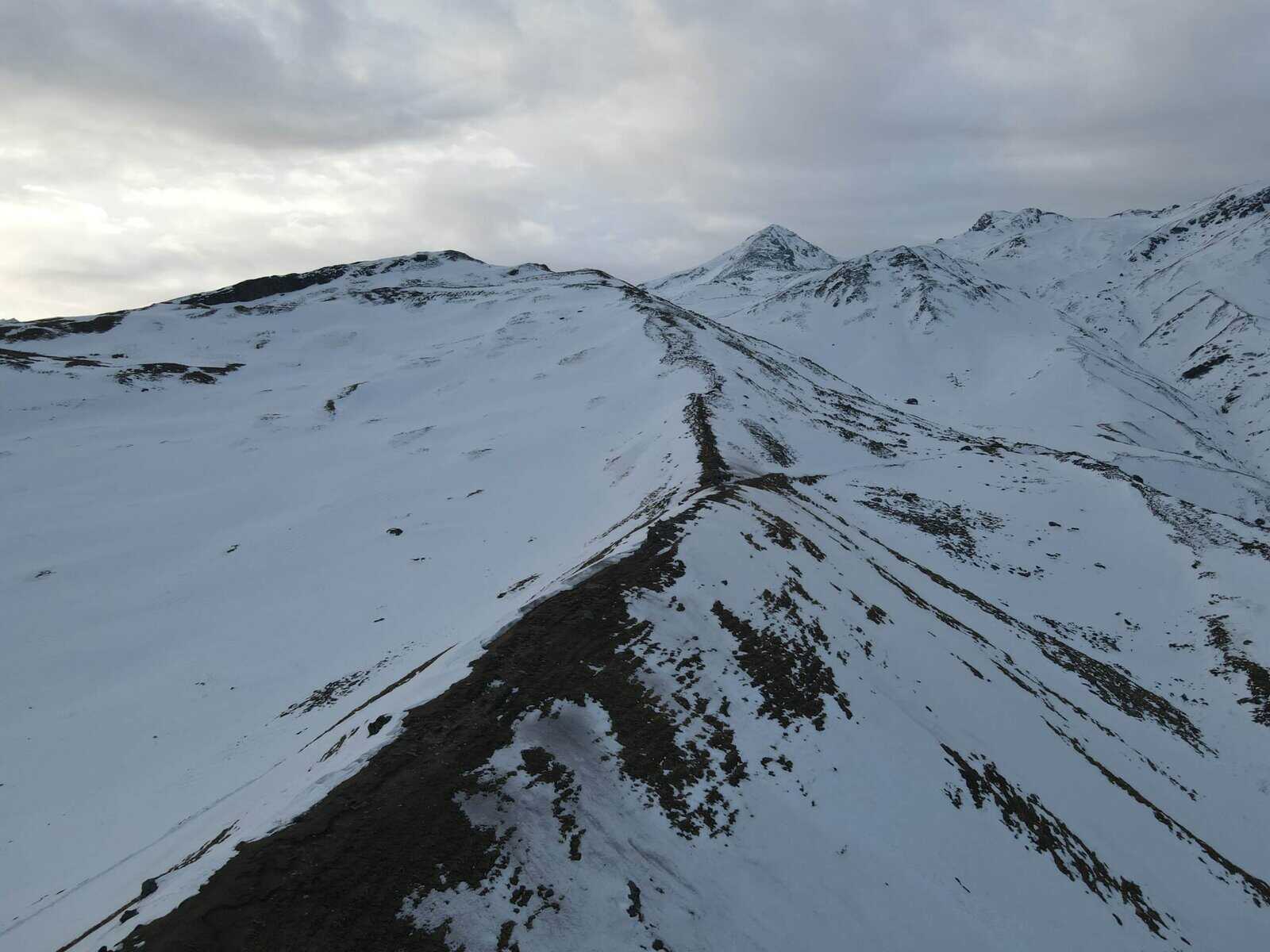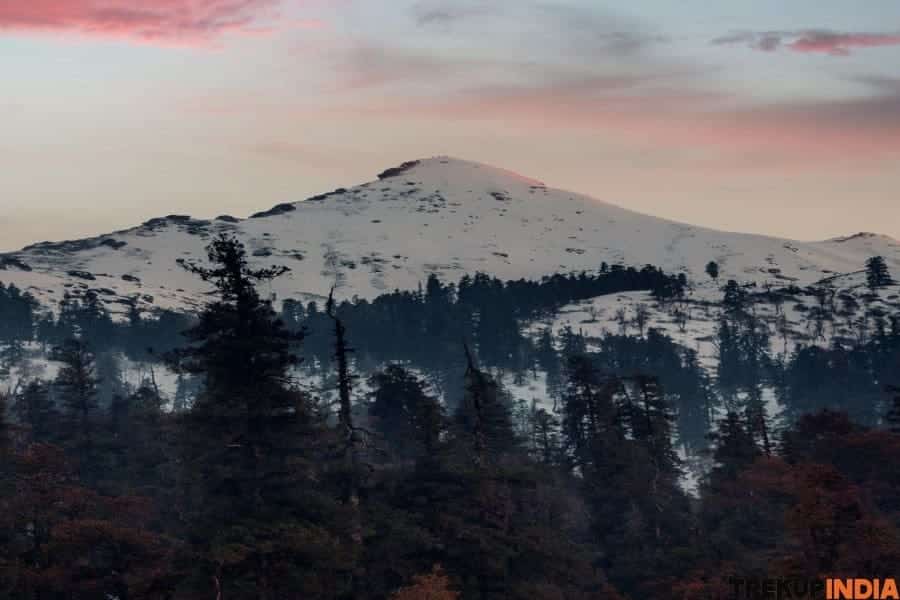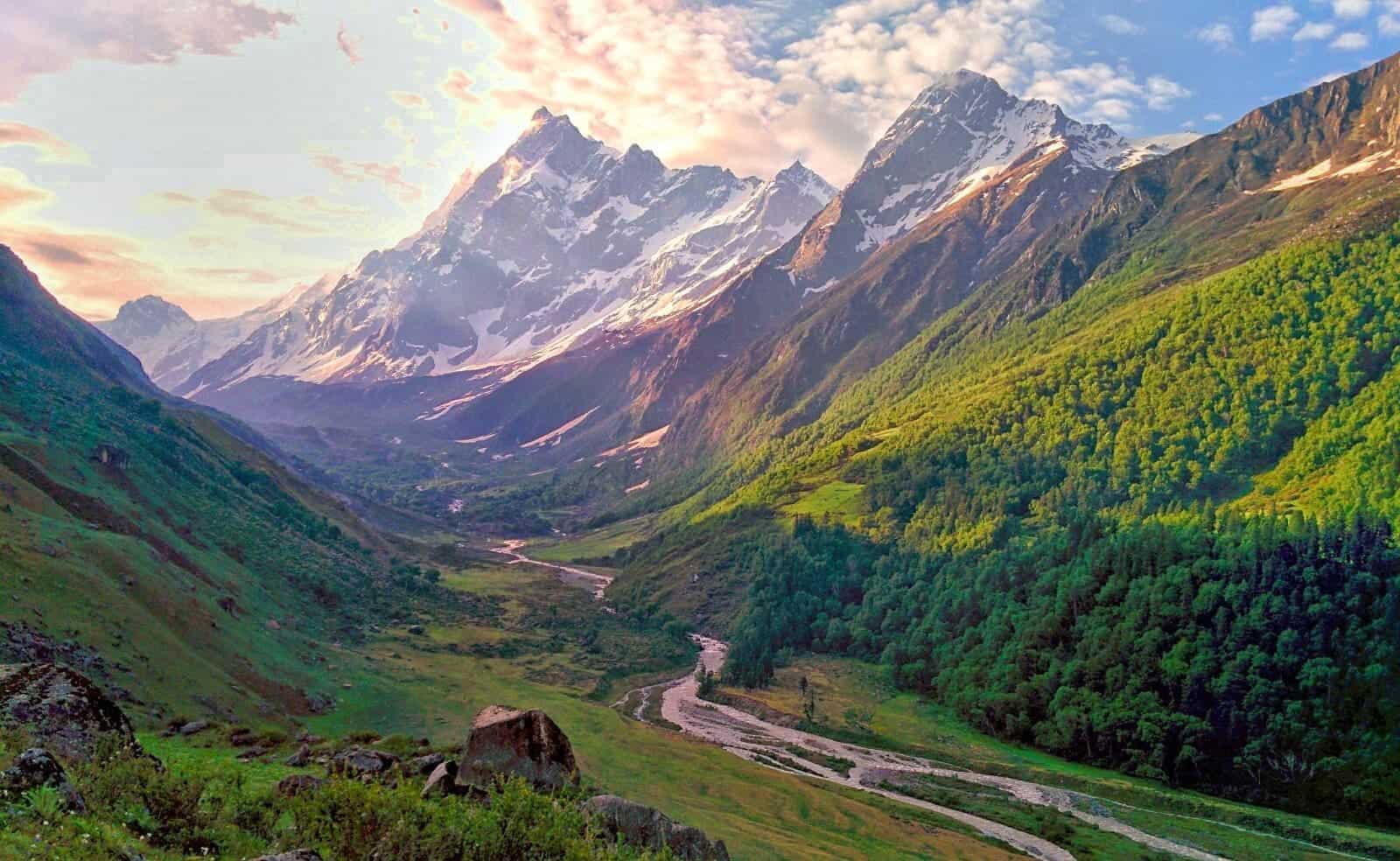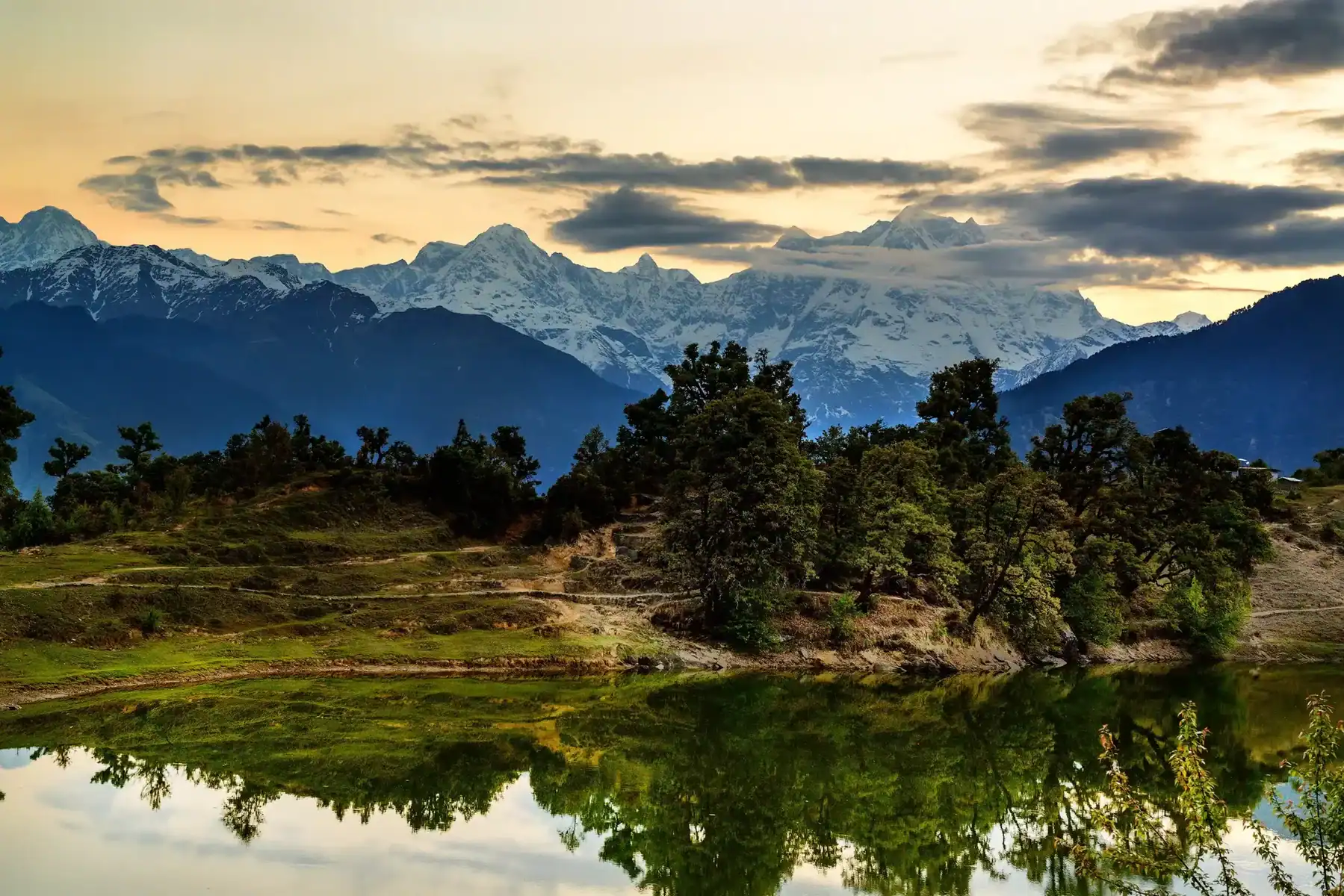Altitude Hydration: Why It Matters More Up High
If you’re trekking in high elevations, whether it’s along the picturesque paths in Hampta Pass, the cold desert landscape that is Stok Kangri, or the abundant alpine meadows that line Kashmir, the one rule of thumb remains the same: hydrate, hydrate to stay hydrated. At Trekup India, we’ve observed the way dehydration can sabotage even the best of trekkers. The mountain terrain demands more of your body, and keeping hydrated is one of the most efficient, simple strategies to be successful on your trekking experience.
This is why drinking plenty of water at altitude isn’t only important, it’s vitally crucial.
The Hidden Risk: Dehydration at High Altitude
At higher altitudes, it may not feel like thirst is as pressing, yet your body’s fluids may be being lost at an increasing rate due to:
Increased Breathing Rate
As oxygen levels decrease when ascending a mountain, your body responds by breathing deeper and faster, resulting in greater perspiration through breathing.
Dry Air = More Moisture Loss
At high altitudes, air is often dry and cold, resulting in greater loss of moisture through the lung passageways and sweat glands, even while sweating. This leads to significant moisture evaporation from our bodies at every opportunity, resulting in greater loss.
Increased Urination: Your kidneys produce more urine to regulate blood pH at altitudes, increasing water loss.
Reduced Thirst Sensation: It is remarkable how thirst signals diminish with age, and it can become easy to become dehydrated without even realizing it.
How Much Water Are You Really Consuming?
It’s at sea level, an average person requires roughly 2-3 liters of water per day for optimal living conditions; at higher altitudes, this number should increase up to 4 liters a day, as per our reference here:
- Uncontaminated water.
- Pour at least 2 litres of ORS/electrolyte-rich fluids into each bathtub to maintain proper levels of sodium and prevent cramps.
Note: If your urine appears regularly dark yellow or rarely at all, or is seldom released altogether, it could indicate dehydration. In such instances, light yellow clean urine would indicate better health.
Staying Hydrated on Trek
- Don’t wait until you feel thirsty to drink fluids; start doing so as early as the first day and stay hydrated throughout.
- Take a Small Sip, Regularly
- To maximize effectiveness when hiking, drink small sips of water every 20-30 minutes throughout your trek. Ingesting large quantities at once won’t do as well.
- Utilise Electrolytes
- For optimal sodium and potassium levels, include at least one Liter of water each day containing at least one packet of ORS, electral, Enerzal or Himalayan salt with lemon as part of your daily water regimen, along with one Liter of water filled with electrolyte solutions like electral, Enerzal or Himalayan salt, for at least seven days – to maintain healthily balanced sodium and potassium levels.
- Apples, citrus fruits, and soups provided at camp can all provide great sources of hydration.
- Carry Hydration Gear BUDGE TWO One-Liter Bottles or a Hydration Bladder
- Insulated bottles (to protect water from freezing during snowy trails)
Note: When trekking during winter months, be sure to place the water bottle within either your sleeping bag jacket or jacket in order to prevent freezing overnight. This will prevent its contents from freezing in cold conditions.
Dehydration Symptoms to Look Out for
Dehydration’s consequences go beyond thirst; it could even worsen Acute Mountain Sickness (AMS).
Warning Signs of Low Uric Acid in Urine:
Headache, Dizziness or Fatigue, Nausea, and Dry Mouth can all indicate low urinary calcium levels in urine samples taken at various times throughout the day. Urination should also increase, and dark urine appears more often during urination than usual.
Should irritation or confusion arise, rest, hydrate quickly, and contact your Trek Director as soon as possible.
Hydration & Altitude Acclimatization
Drinking water helps speed the adaptation process by increasing oxygen supply throughout your body, leading to faster adaptation. Many trekkers who complain of being “altitude sick” are actually dehydrated.
Trekup India encourages participants to adhere to its “drink often, but not excessively” rule and to monitor their levels of hydration regularly.
Conclusion
The mountains are a place where drinking water isn’t a luxury; it’s vital. No matter if you’re trekking along the swaying trails of bali pass or the lush meadows in Kashmir, being properly hydrated can mean the difference between a pleasant trek and a painful and even risky adventure.
At Trekup India, we’ve witnessed firsthand how regular water intake improves the level of energy, improves adaptation, and decreases the risk of Acute Mountain Sickness. It’s important to make hydration a routine to drink regularly, and not as a bonus; make sure you are using electrolytes in a responsible manner, and pay attention to the early indicators of dehydration.Be aware that in the high-altitude environment, water is as important as your shoes, backpack, and jacket. Therefore, don’t pack it just because you have to forget about it. Prioritize its importance. A properly hydrated trekker will be a stronger, more secure, and more durable trekker.
About Author

Anoop Rawat (Admin TrekUp India)
Anoop has worked for 5 years as a Trek Leader with TrekUpIndia, leading numerous treks across the diverse and challenging terrains of Uttarakhand and Himachal Pradesh. He holds a degree in Geology with a specialization in Geographic Information Systems (GIS) from UPES Dehradun. During his academic years, he actively applied his classroom knowledge in the field—most notably by contributing to a glacier research project on the Jundar Glacier in the Har Ki Dun Valley, Uttarakhand. Write Anoop at anoop@trekupindia.com
Share this article
Dates For Upcoming Treks
Want To Trek Like Pro?
Basically, watch these videos if you want to trek the same way professional trekkers do and make your skills better. These videos contain useful tips and techniques to further improve your trekking skills itself. These videos actually help both new and experienced trekkers improve their trekking skills. These videos definitely provide useful tips that make your trek better. We are seeing that these videos by Trekup India experts will only help you make your trekking skills better.
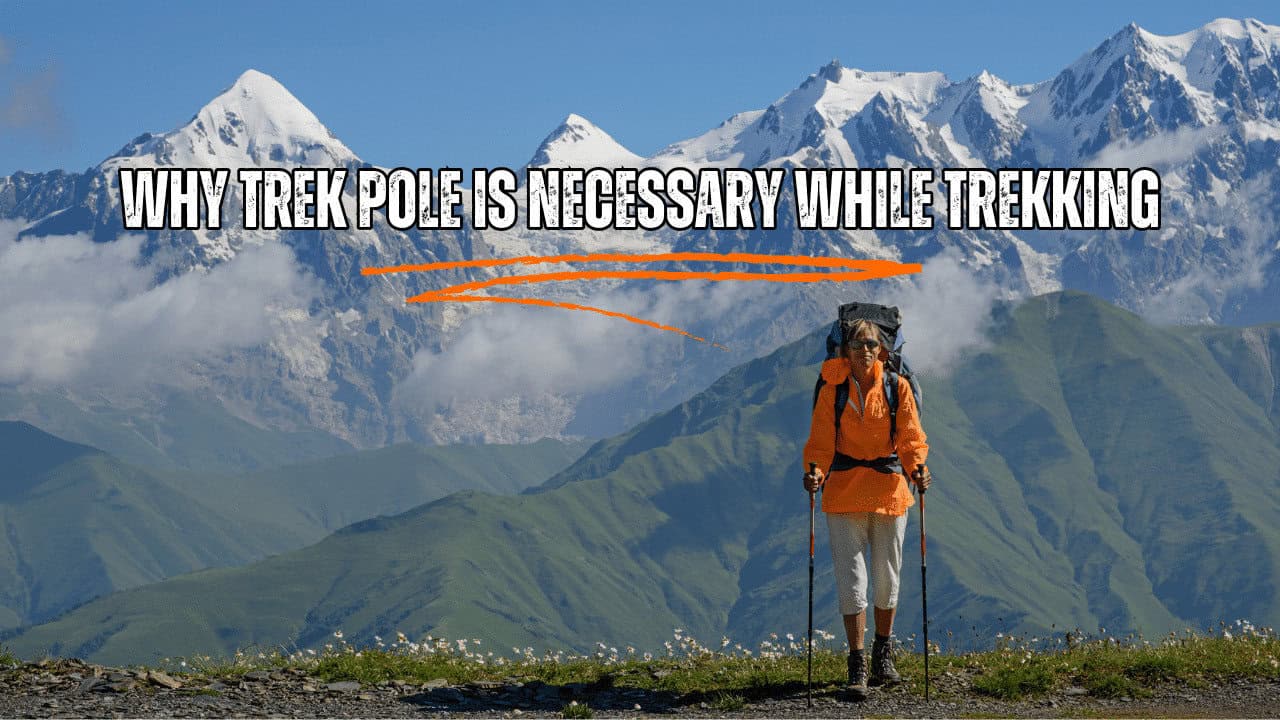






Know Everything About Acute Mountain Sickness
Acute Mountain Sickness occurs when people trek to high altitudes above 8,000 feet. This condition itself develops further due to reduced oxygen levels at such heights. Basically, as you go higher up, the air pressure and oxygen levels decrease, which causes the same problem. Acute Mountain Sickness surely causes headache, nausea, vomiting, and dizziness in affected persons. Moreover, peoples also experience difficulty in sleeping during this condition. To avoid mountain sickness, you should actually trek up slowly to higher altitudes. To learn further about this condition itself, watch the videos by Trekup India.
